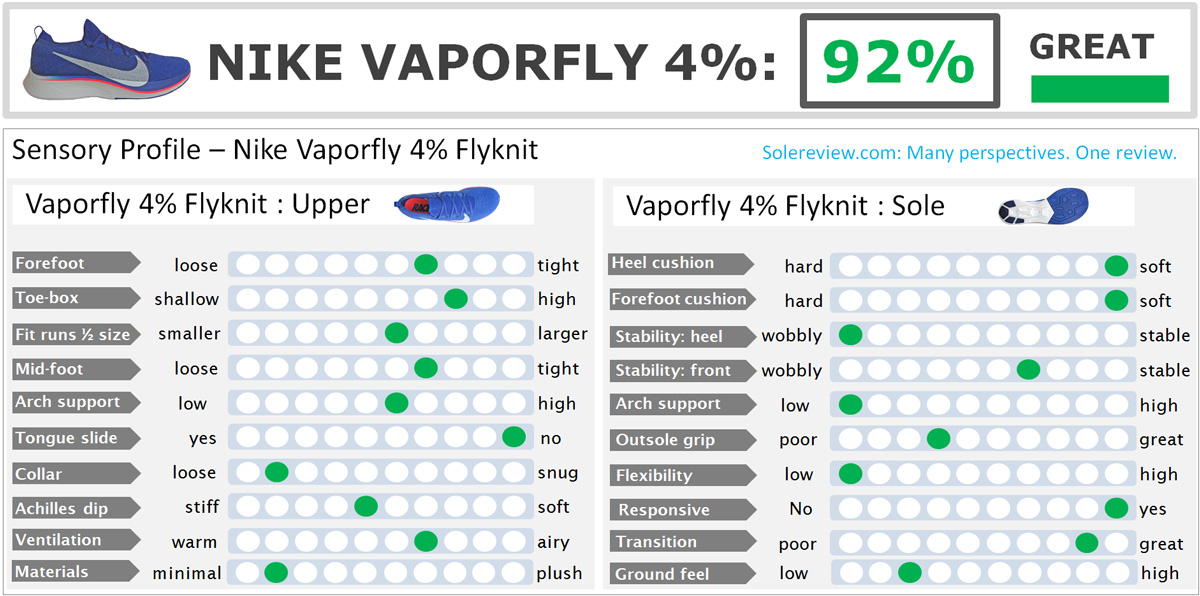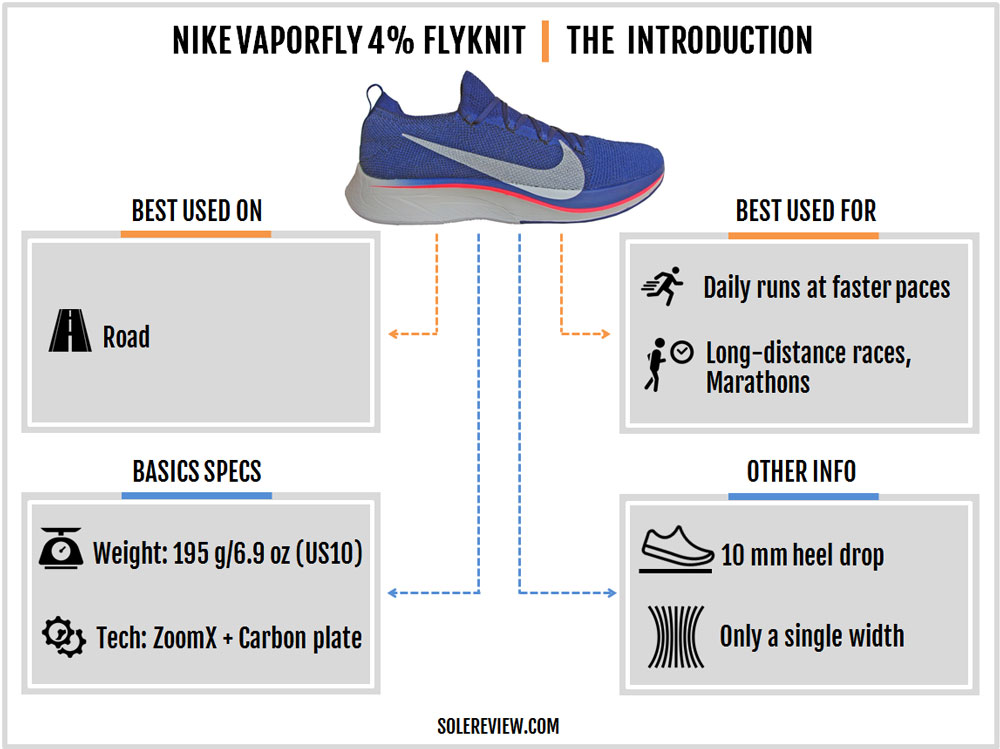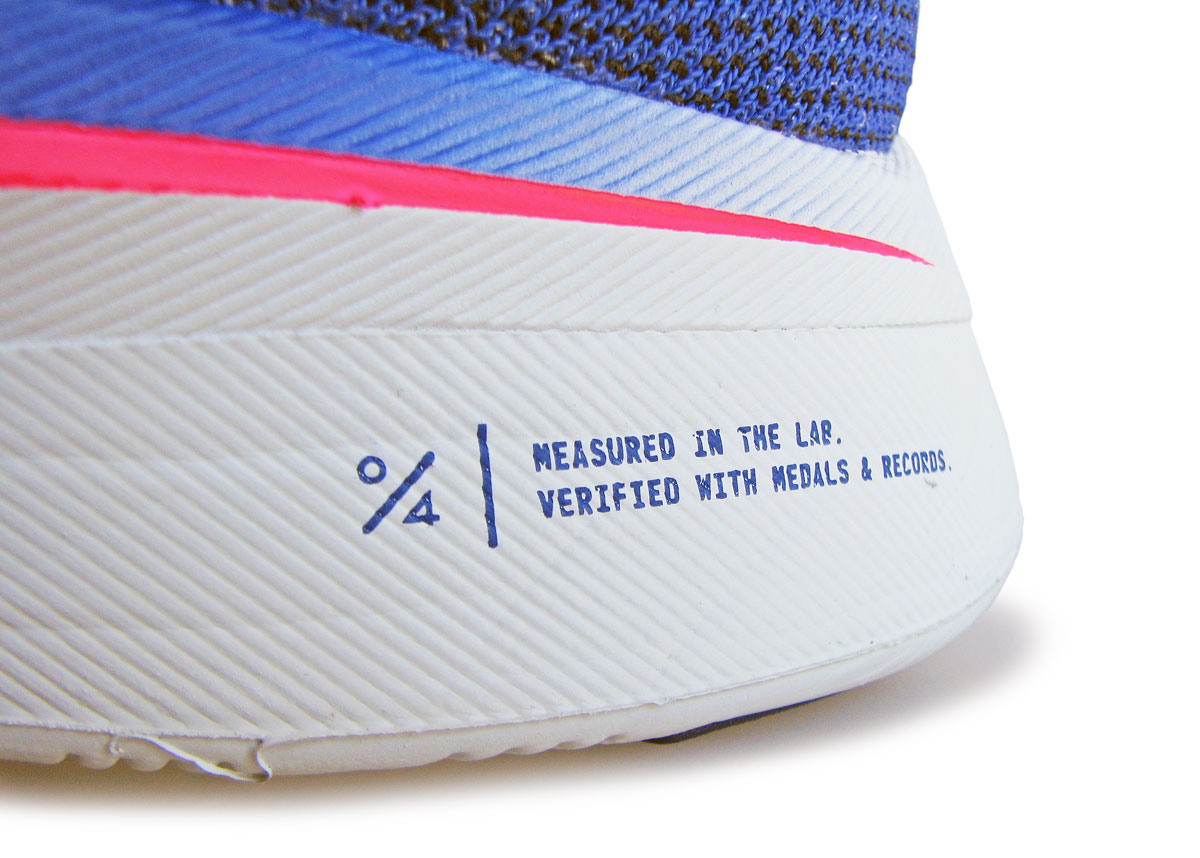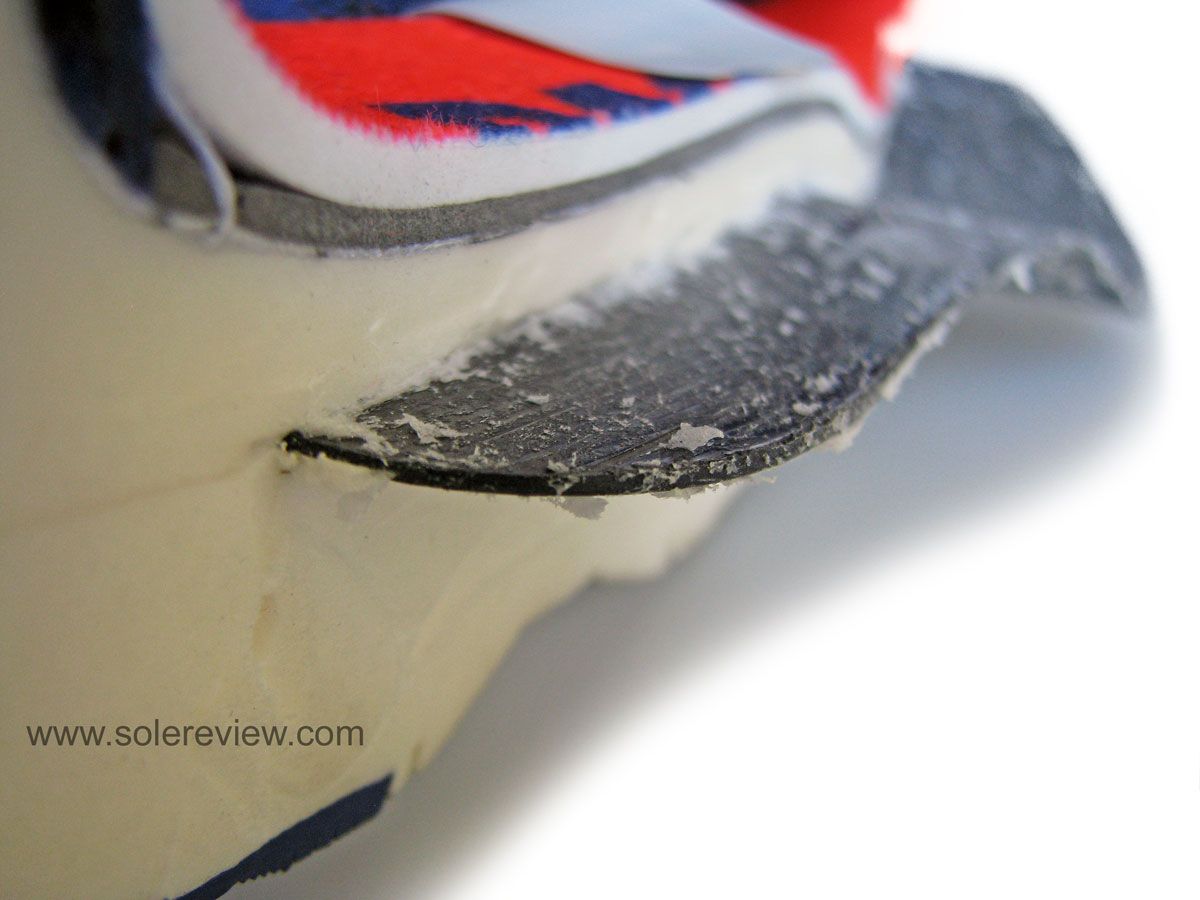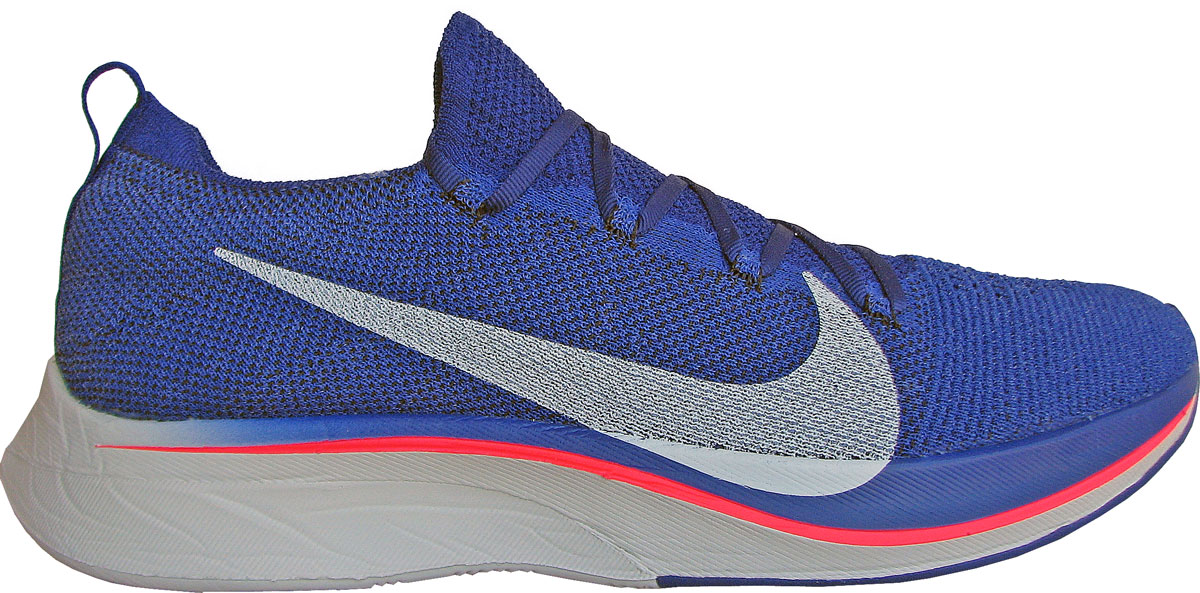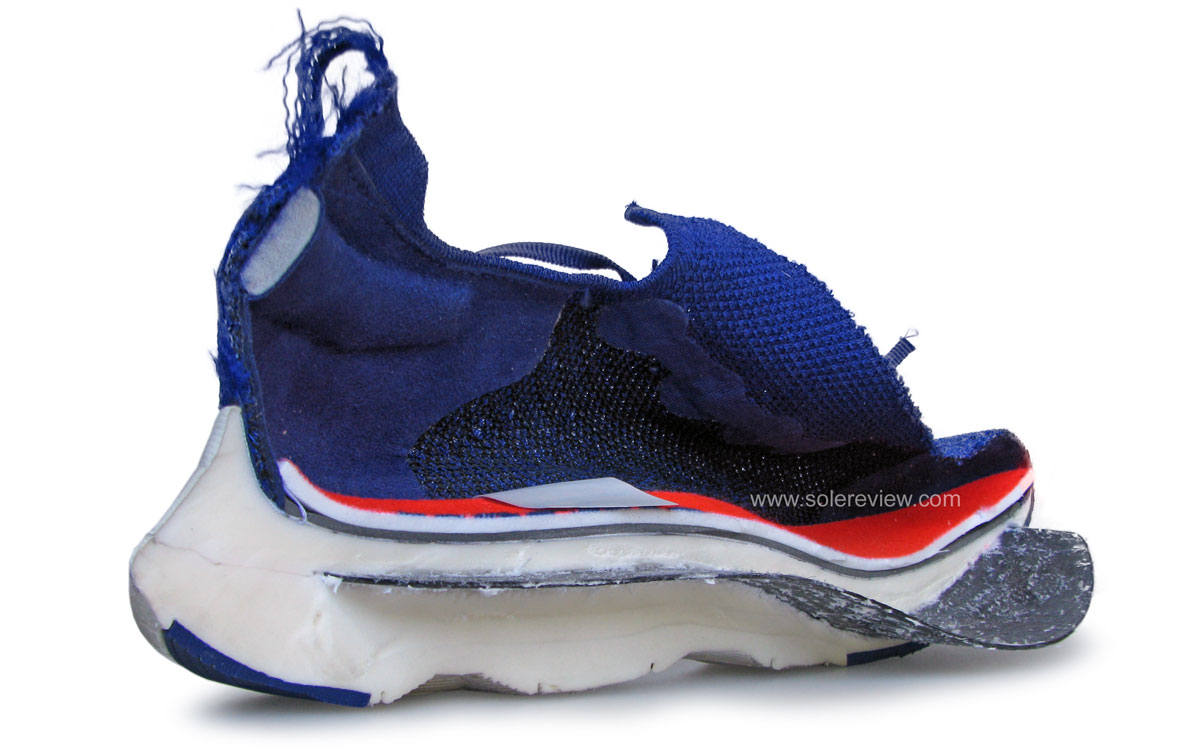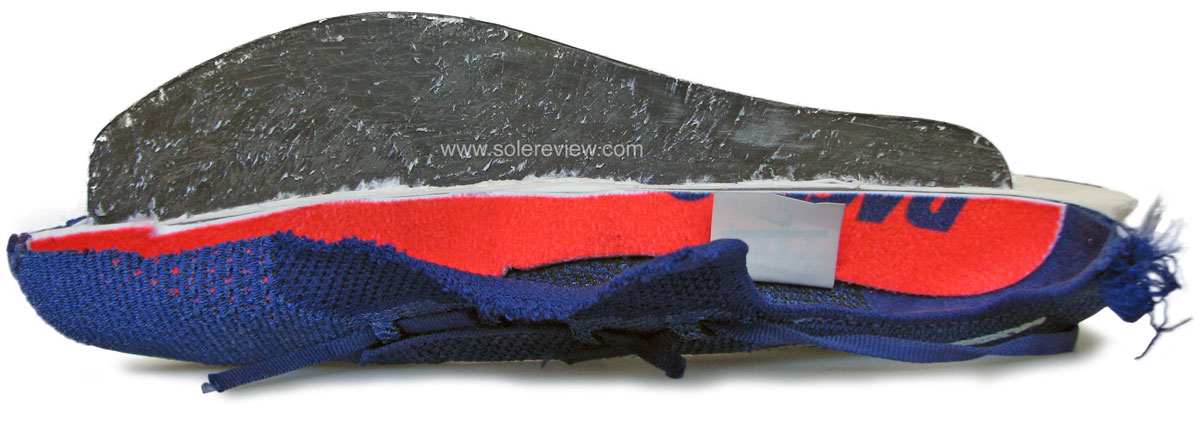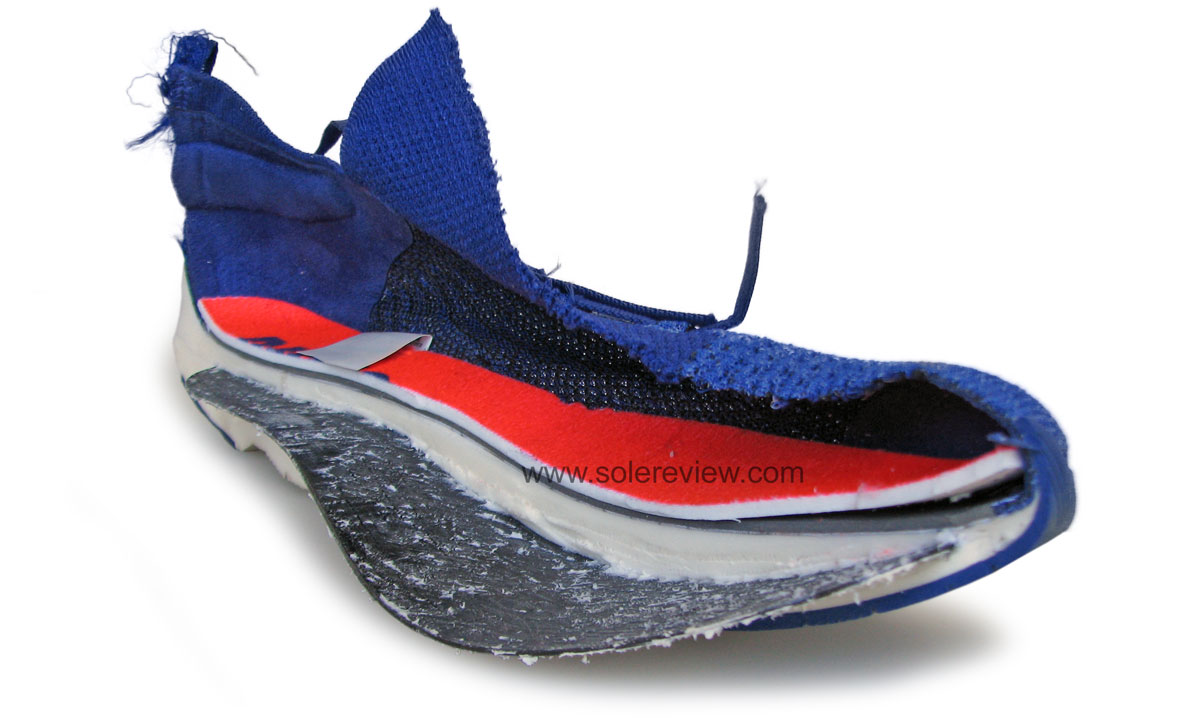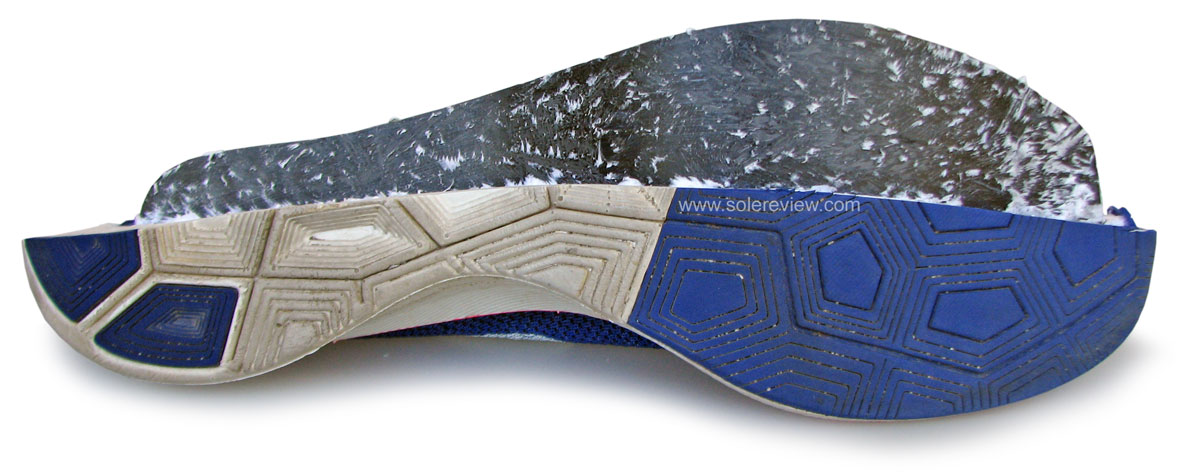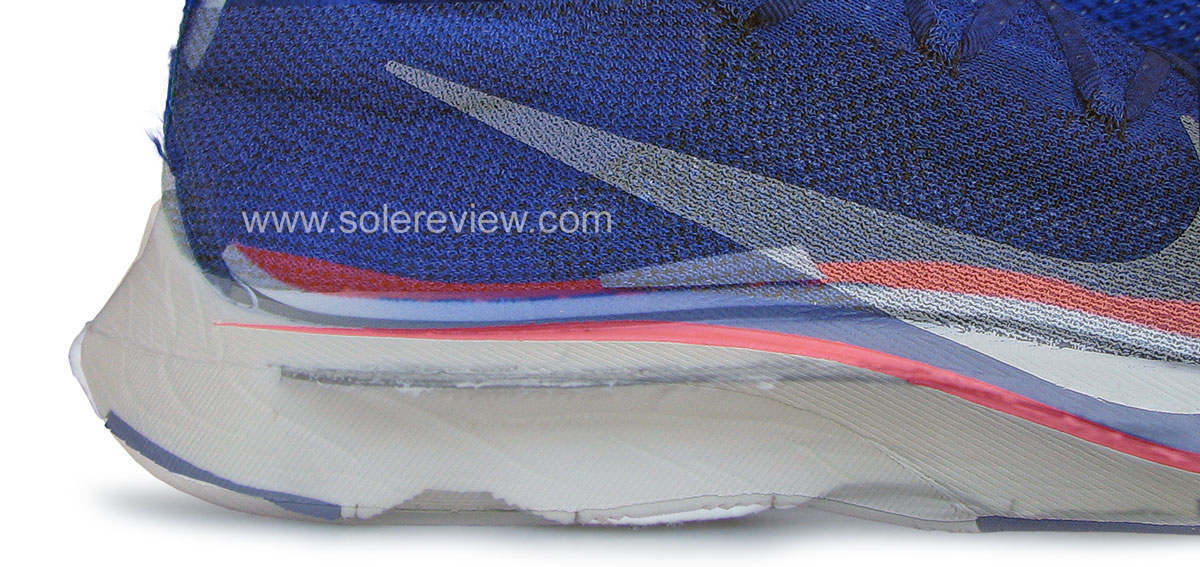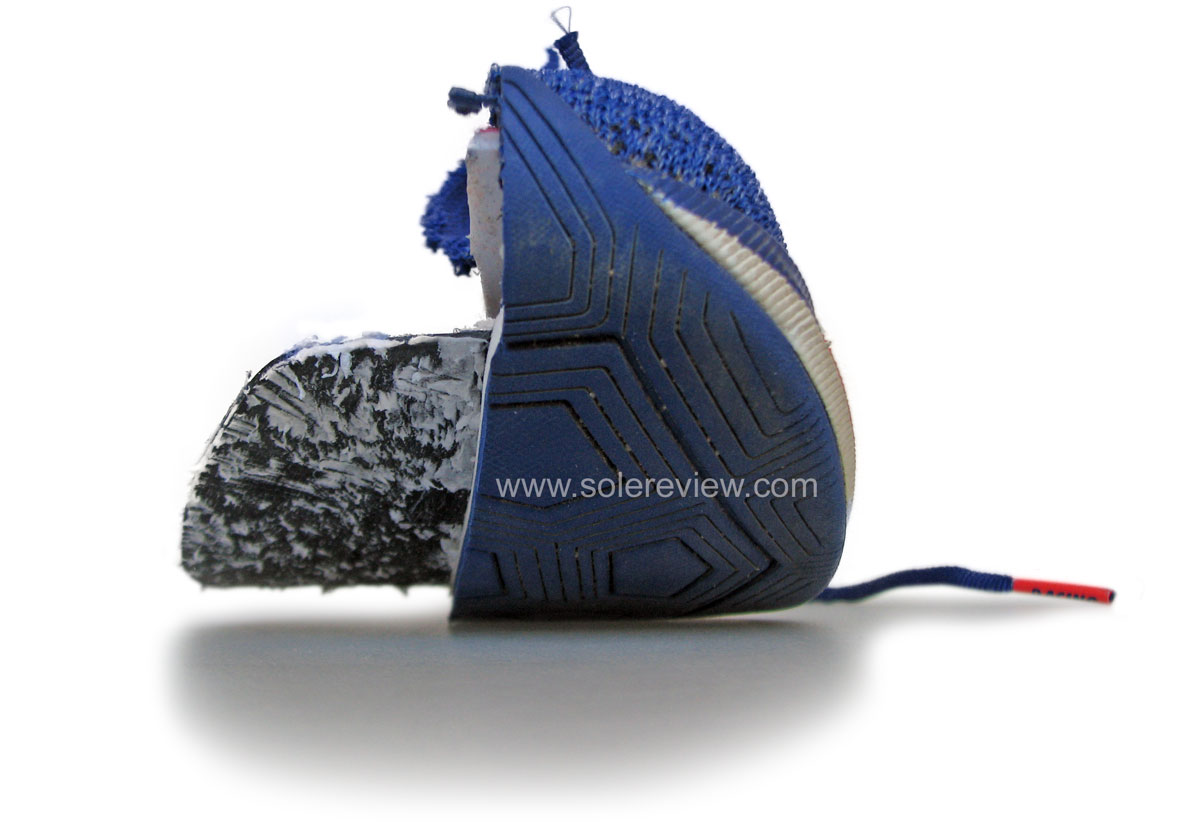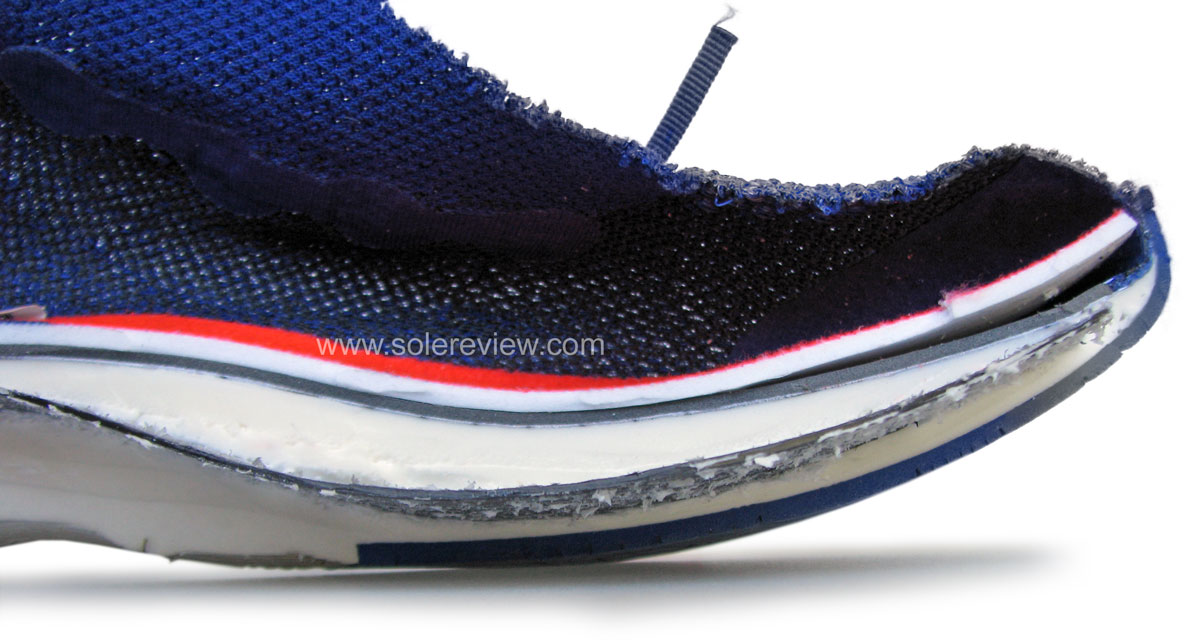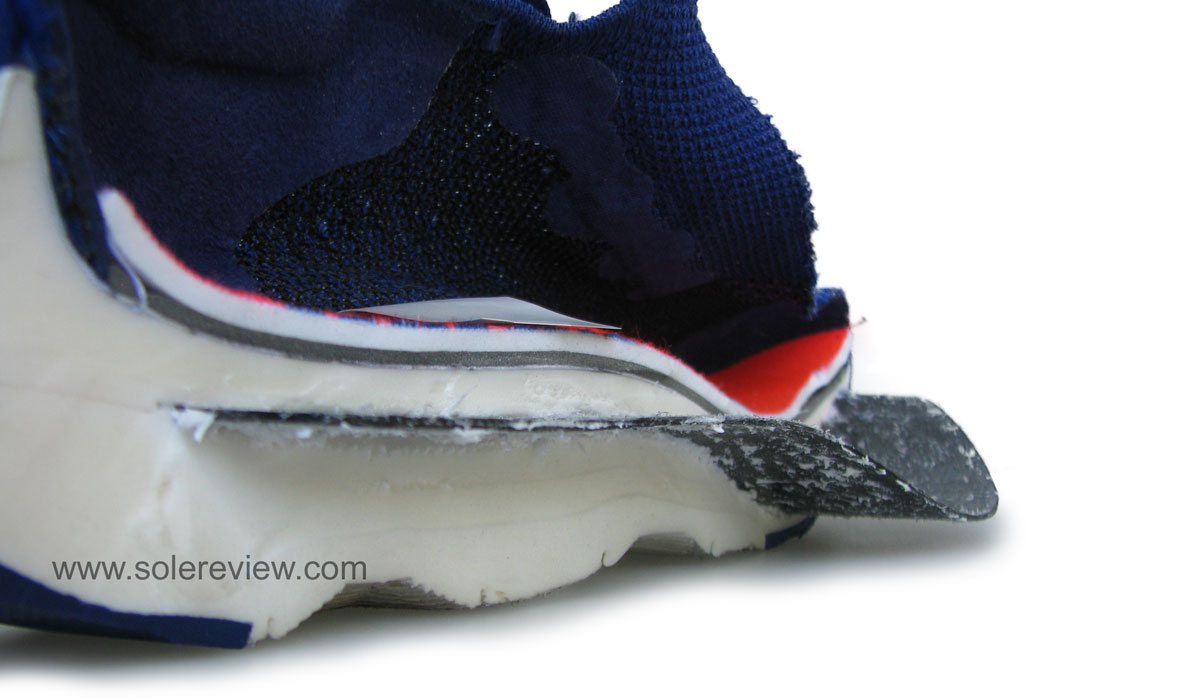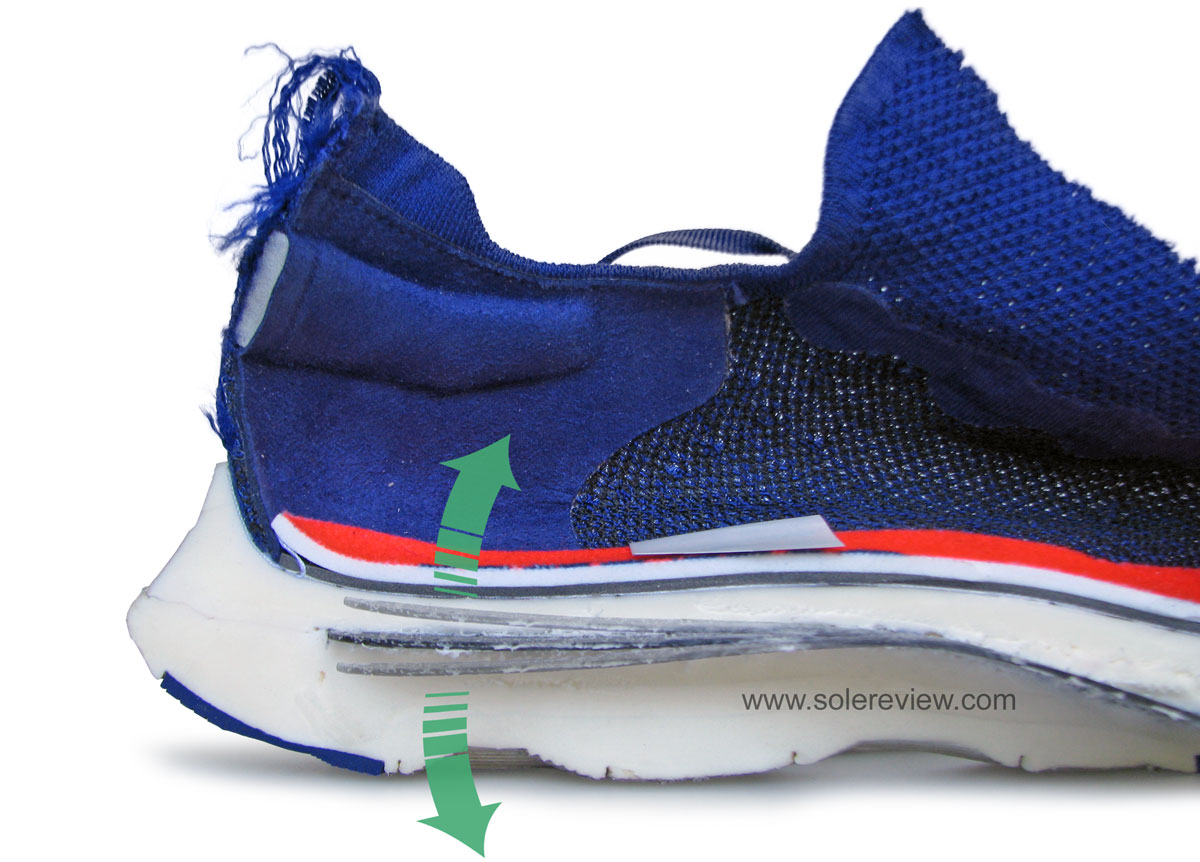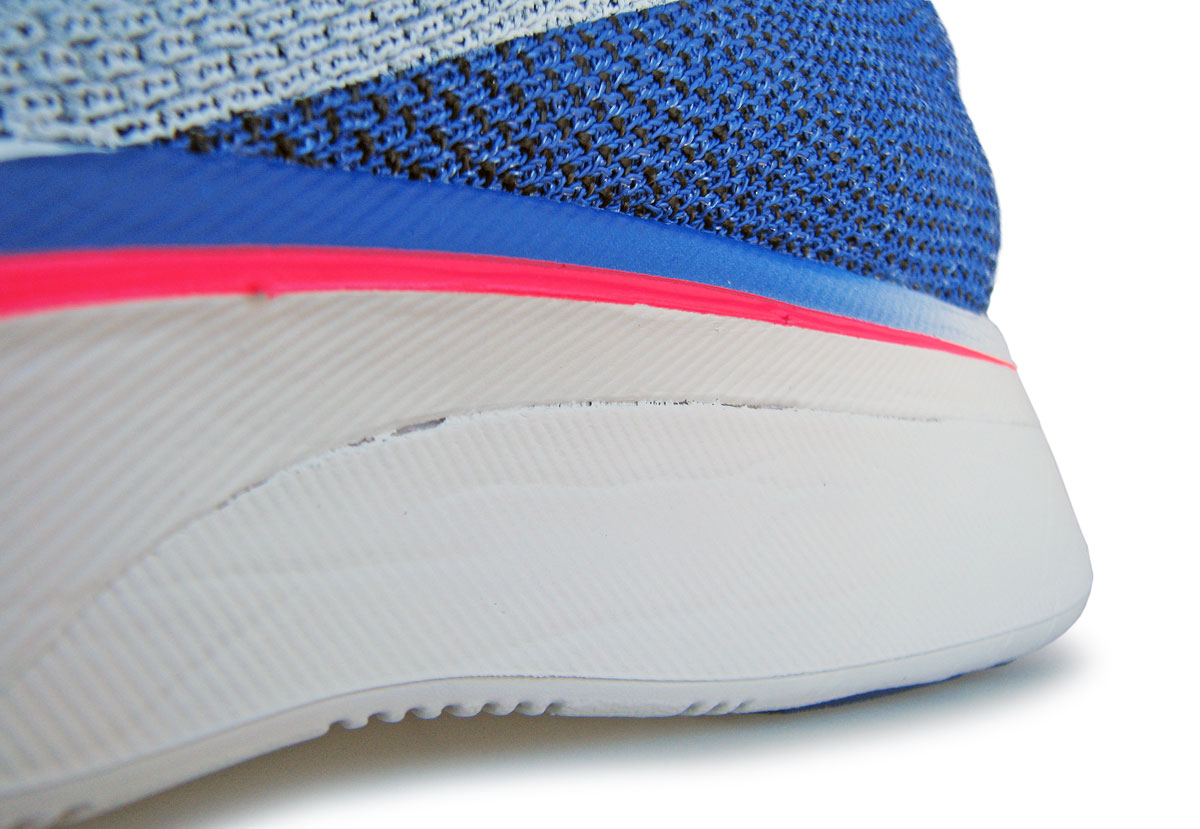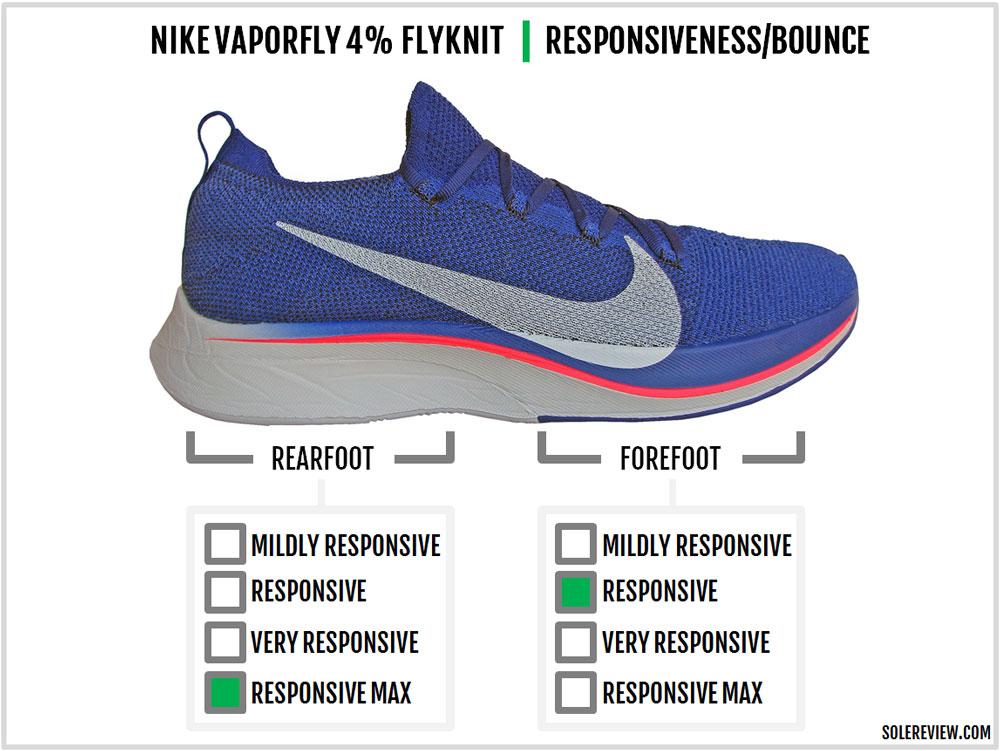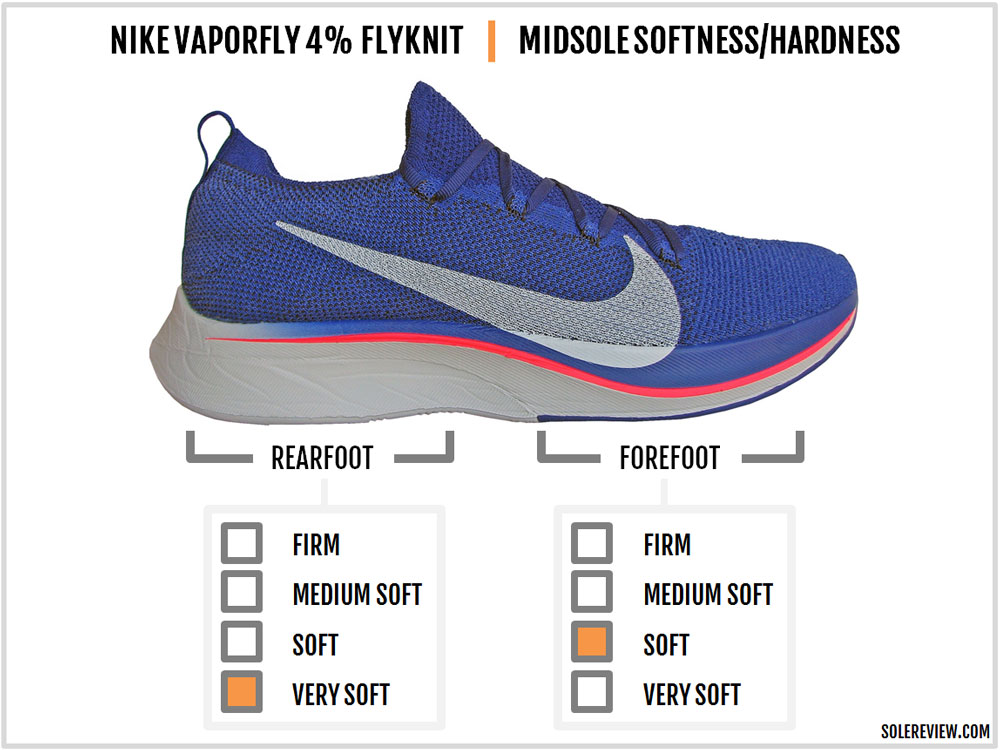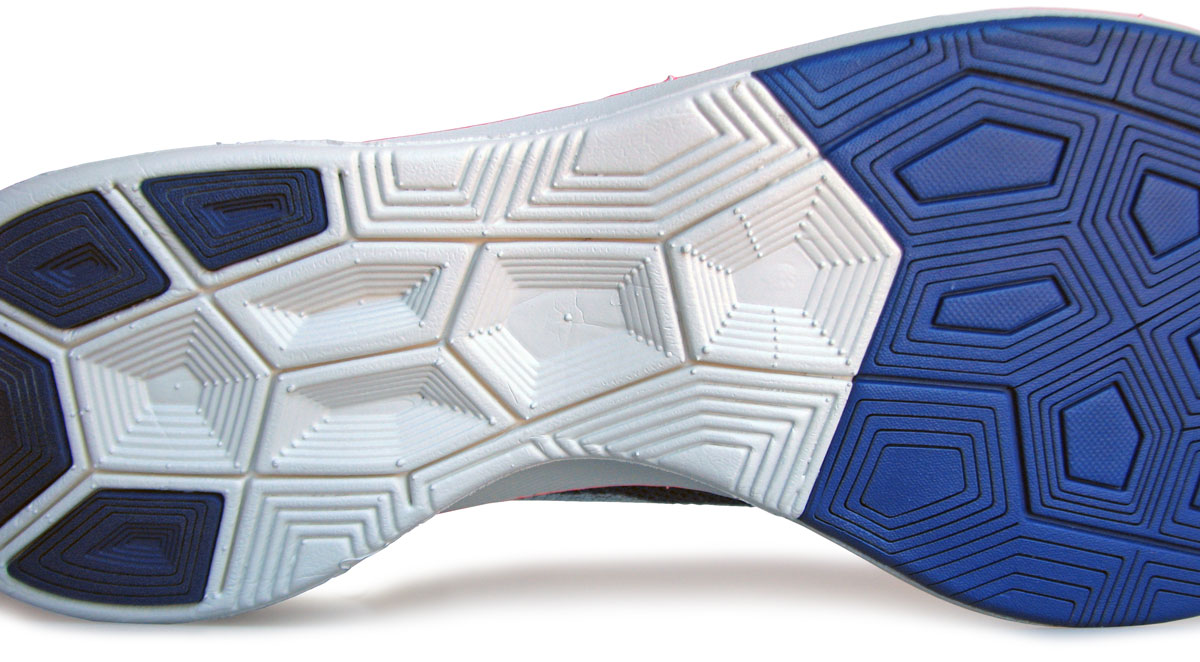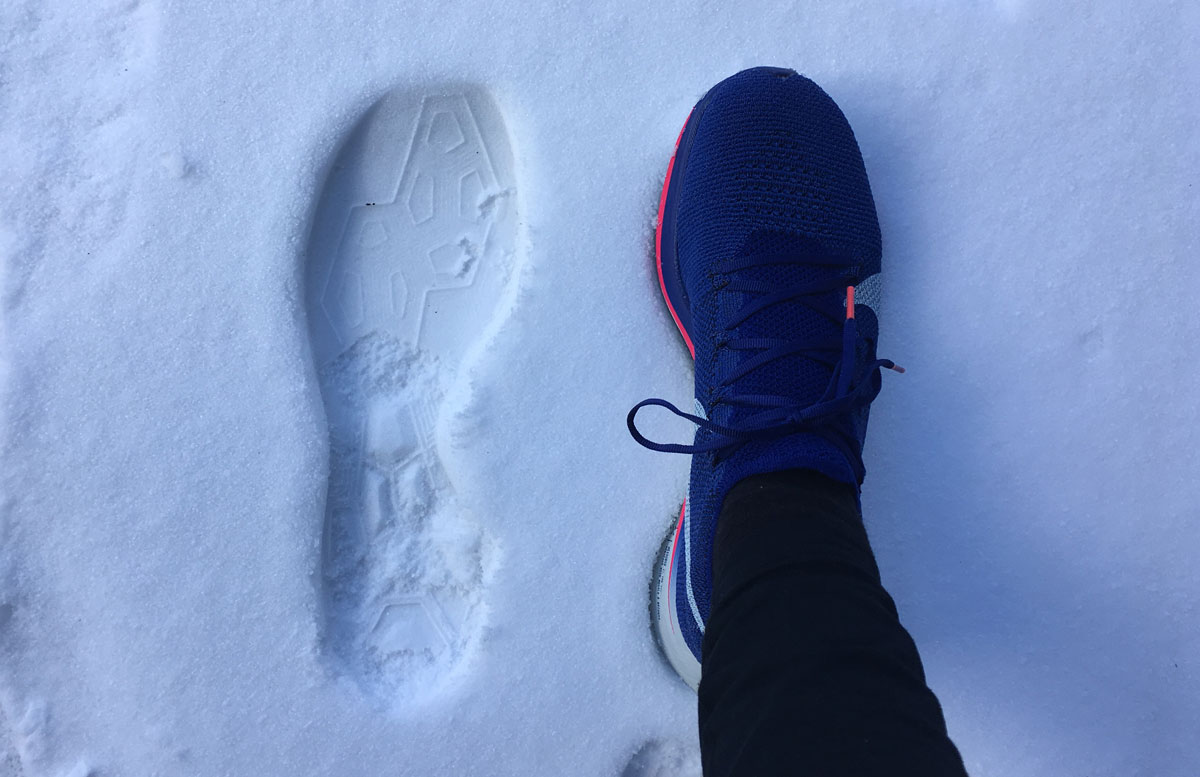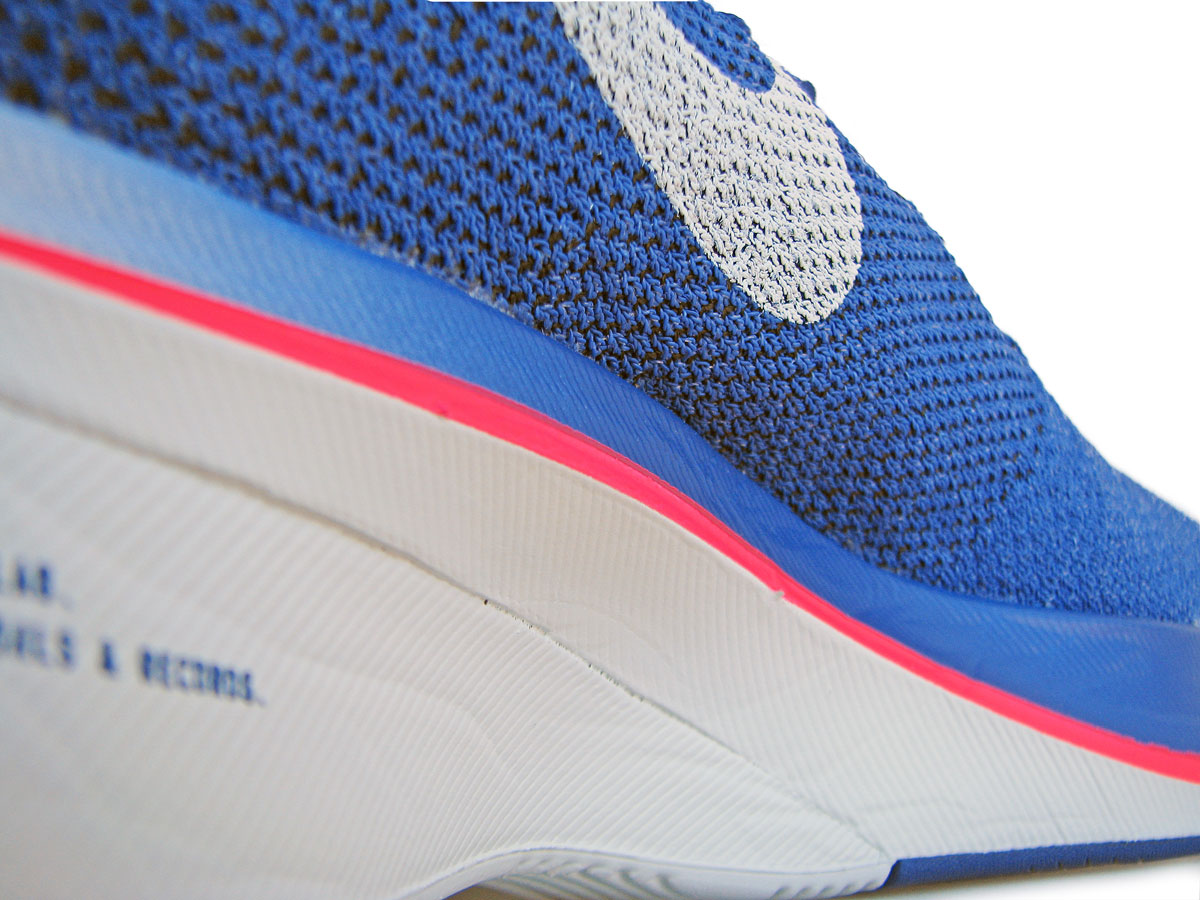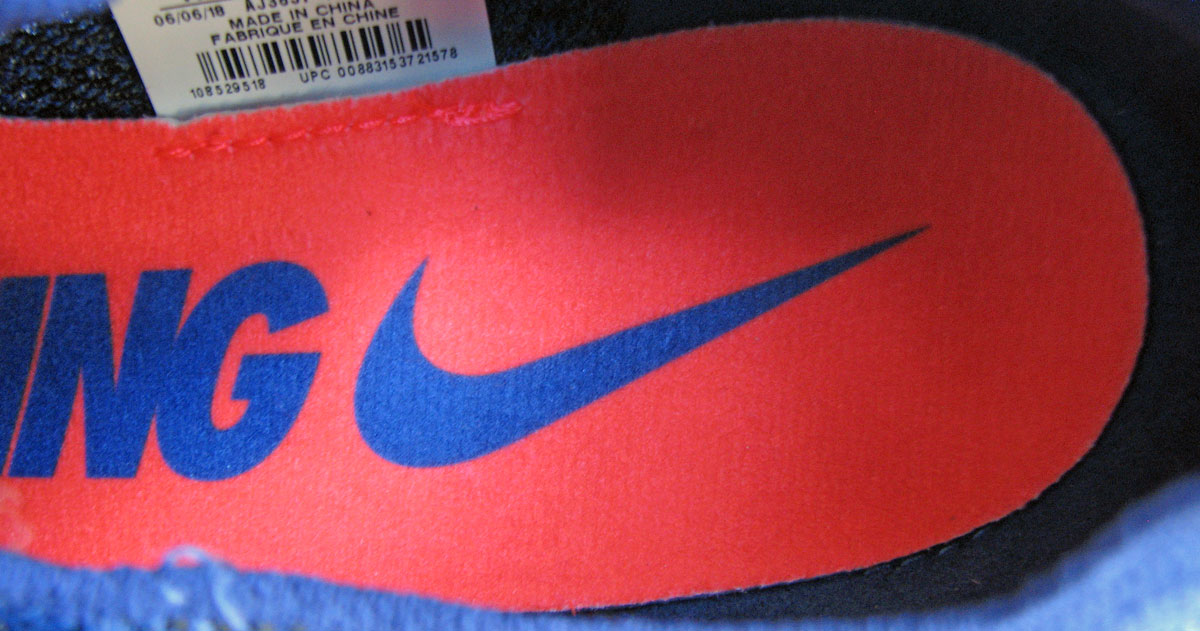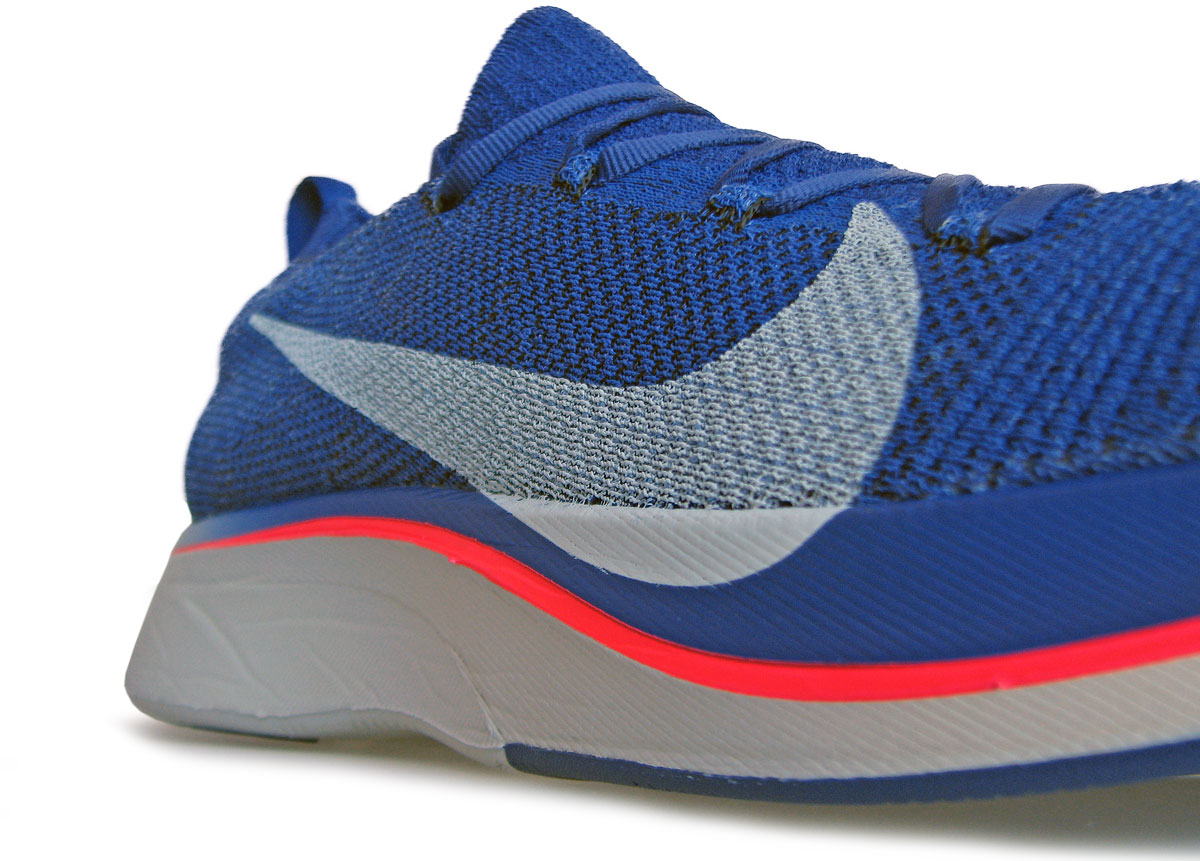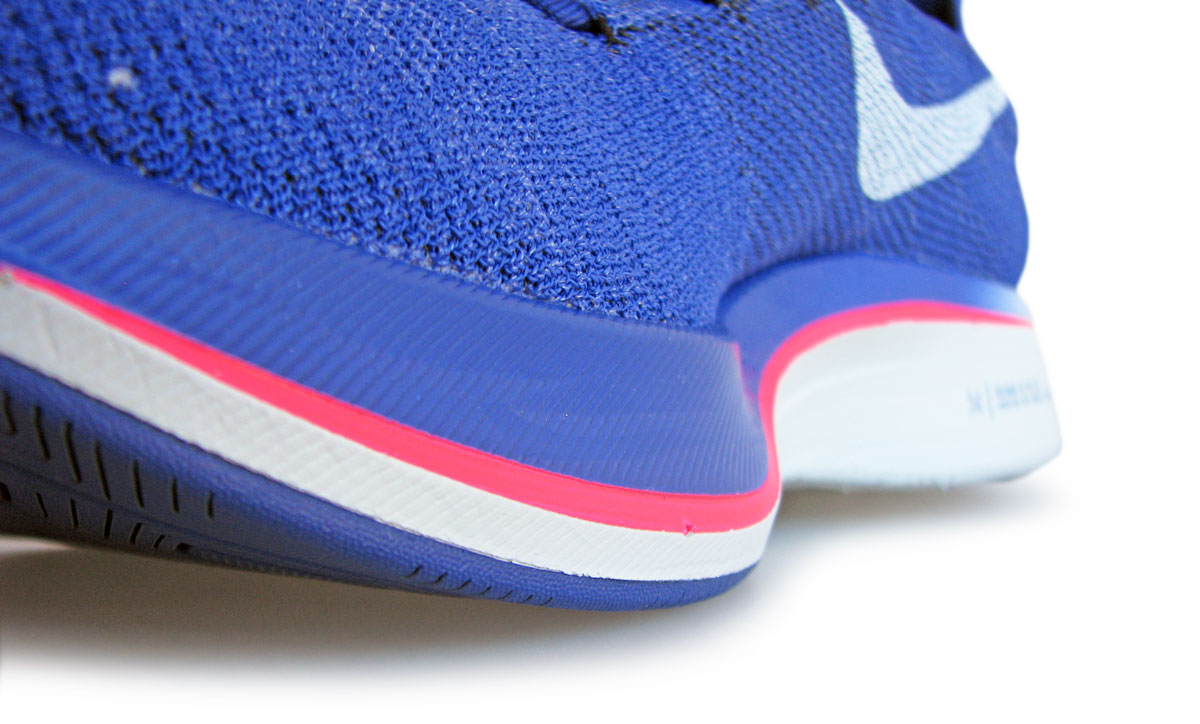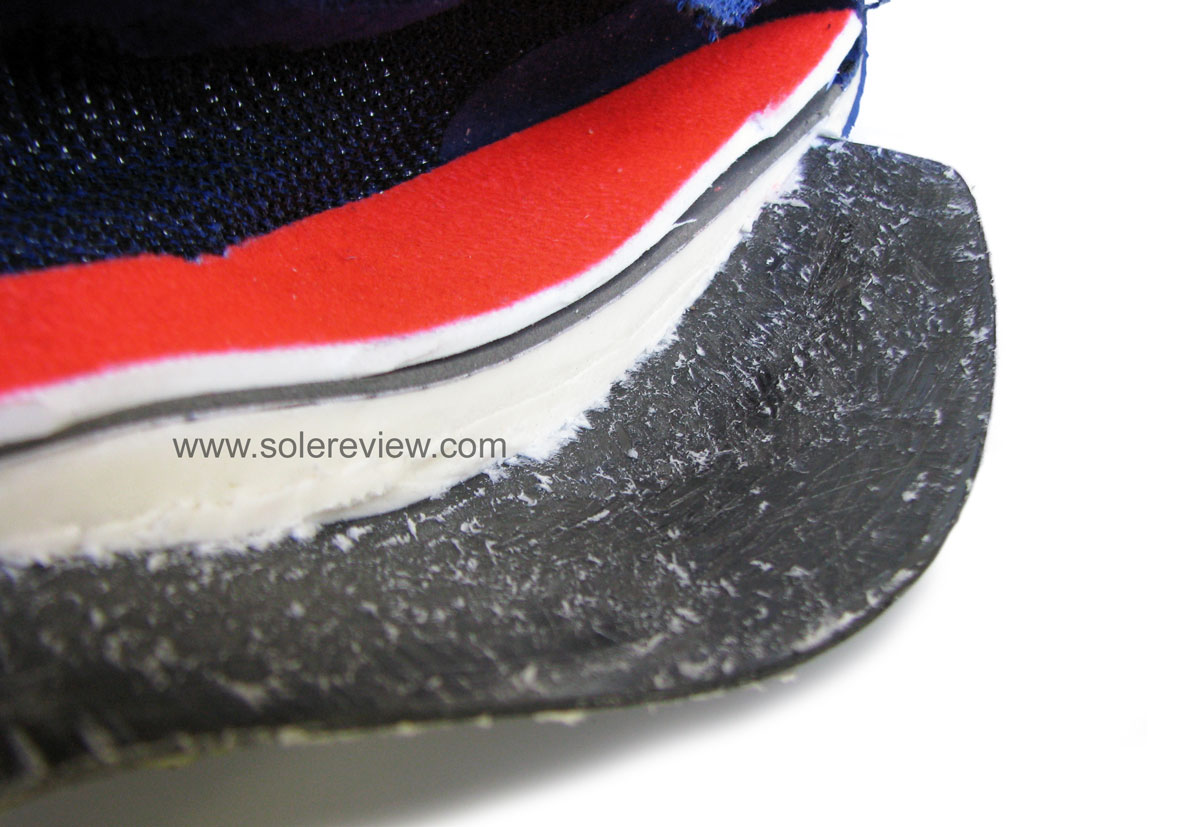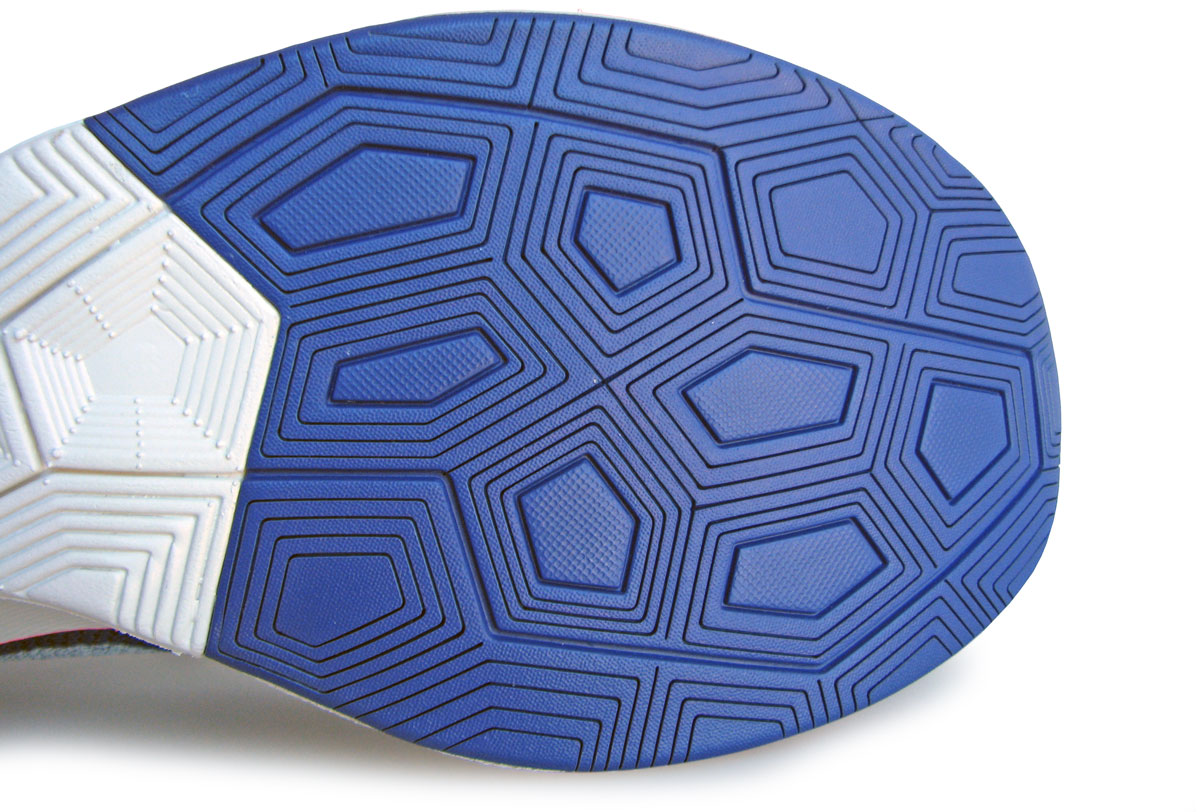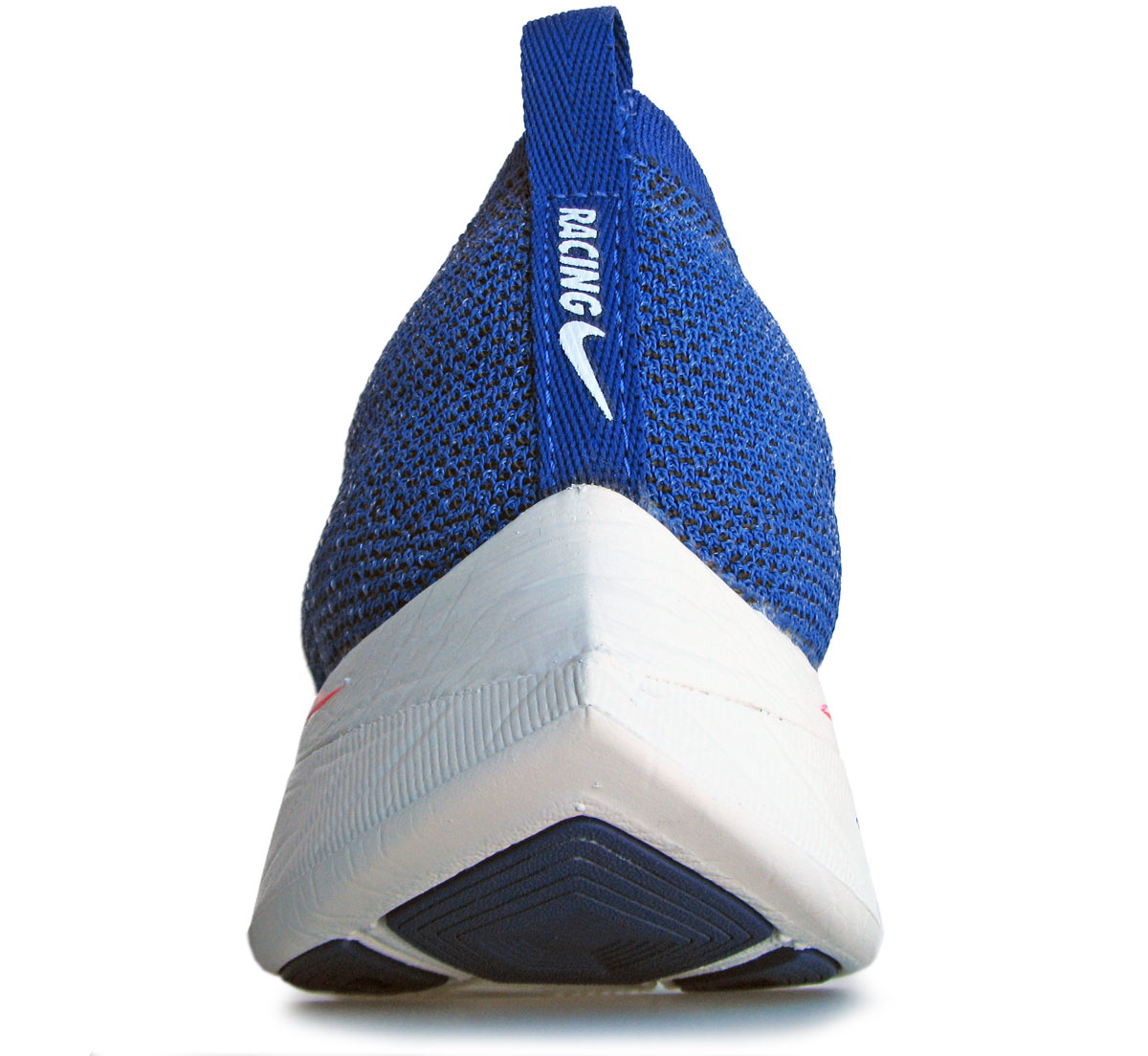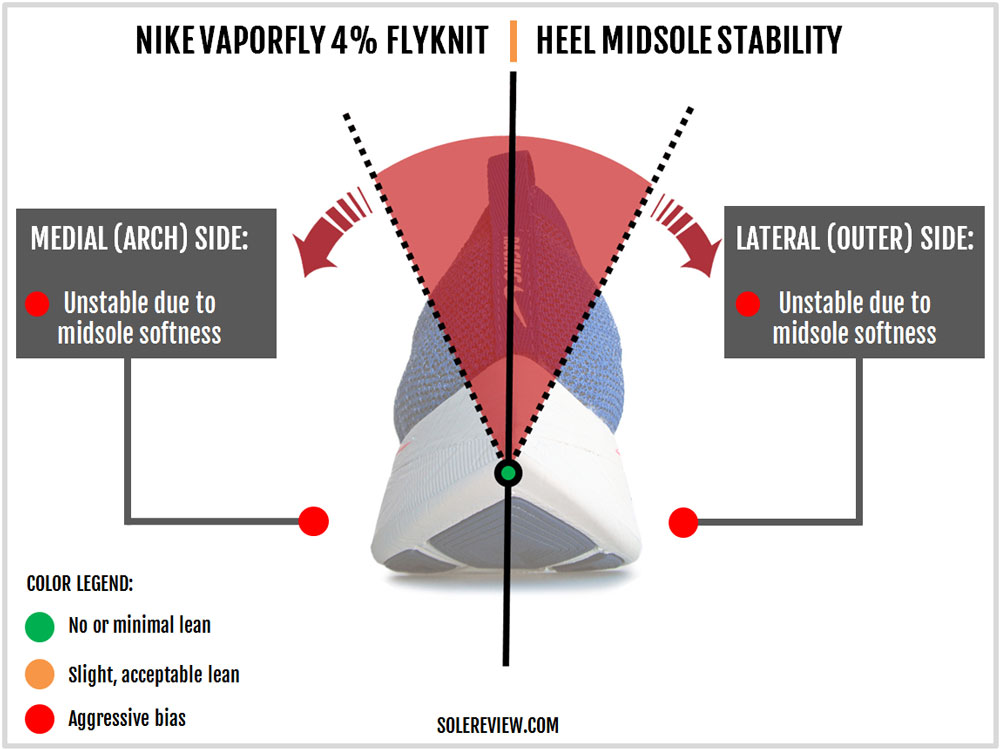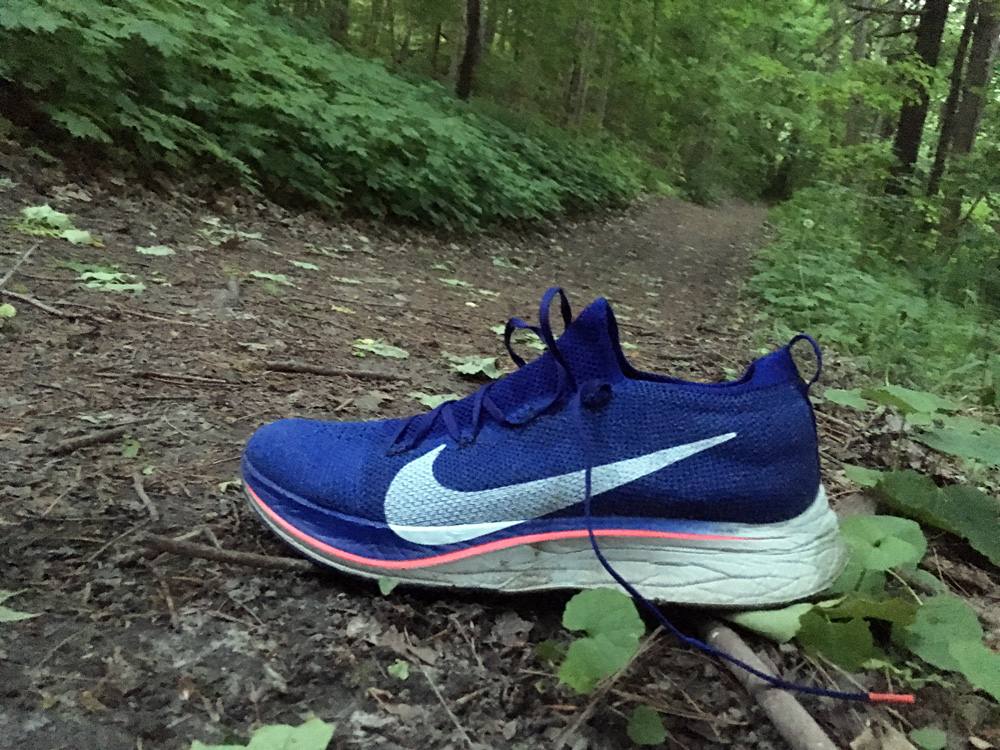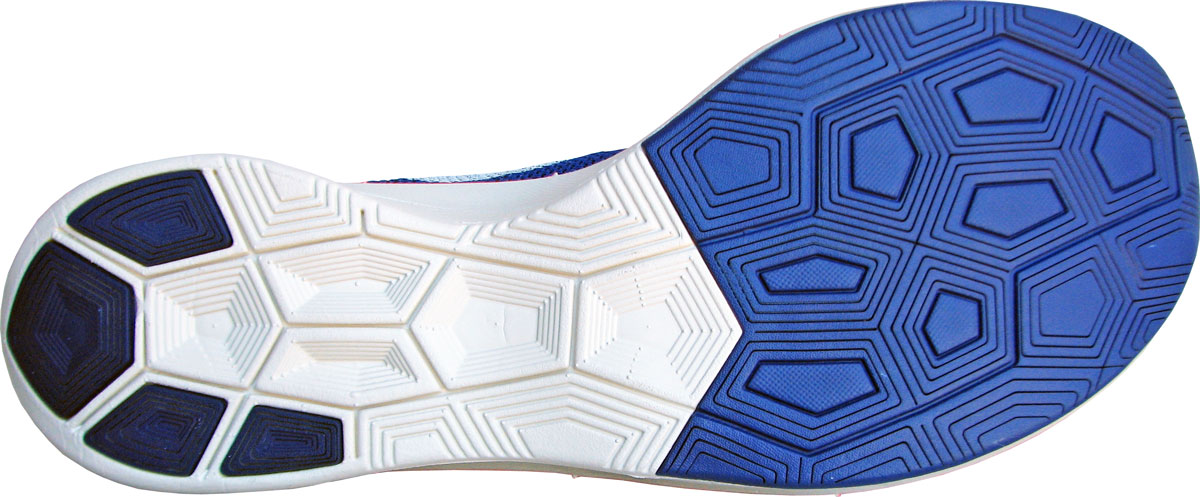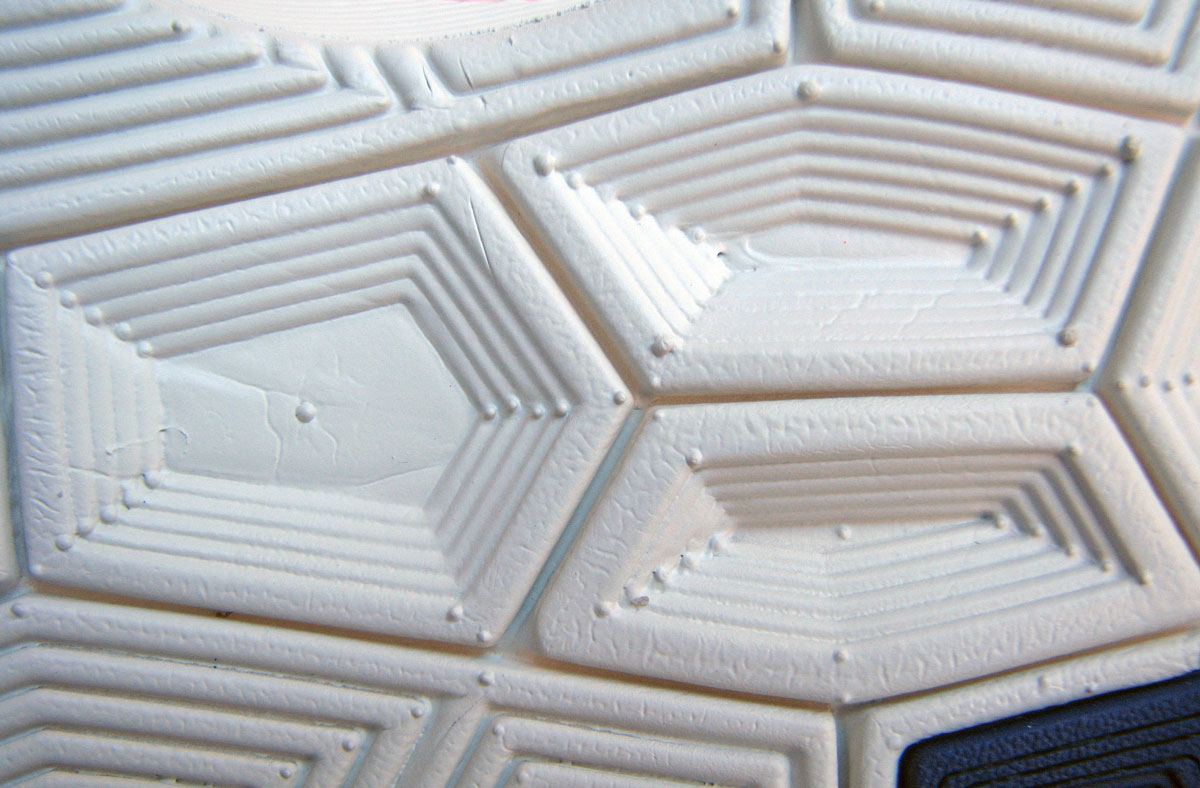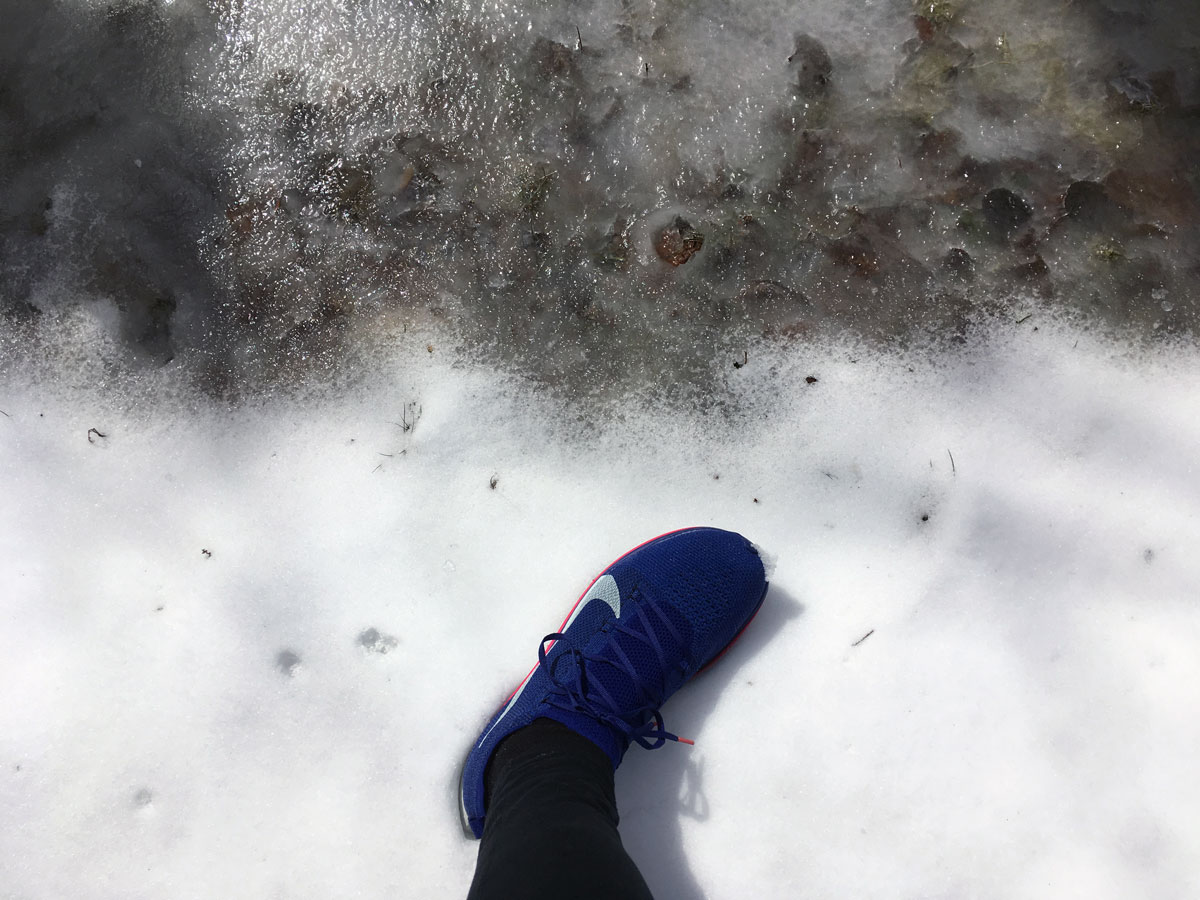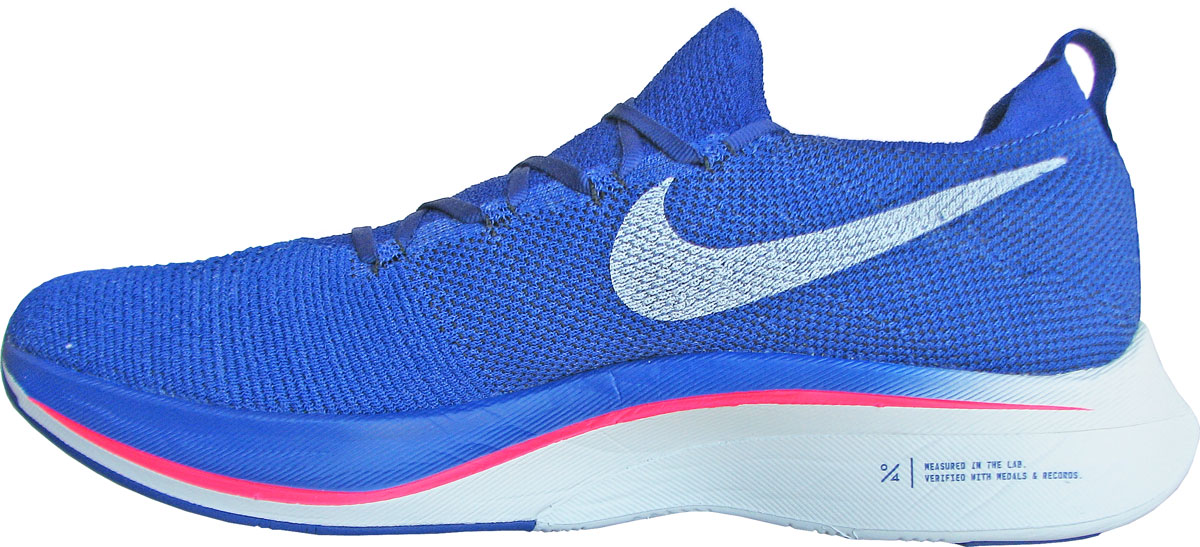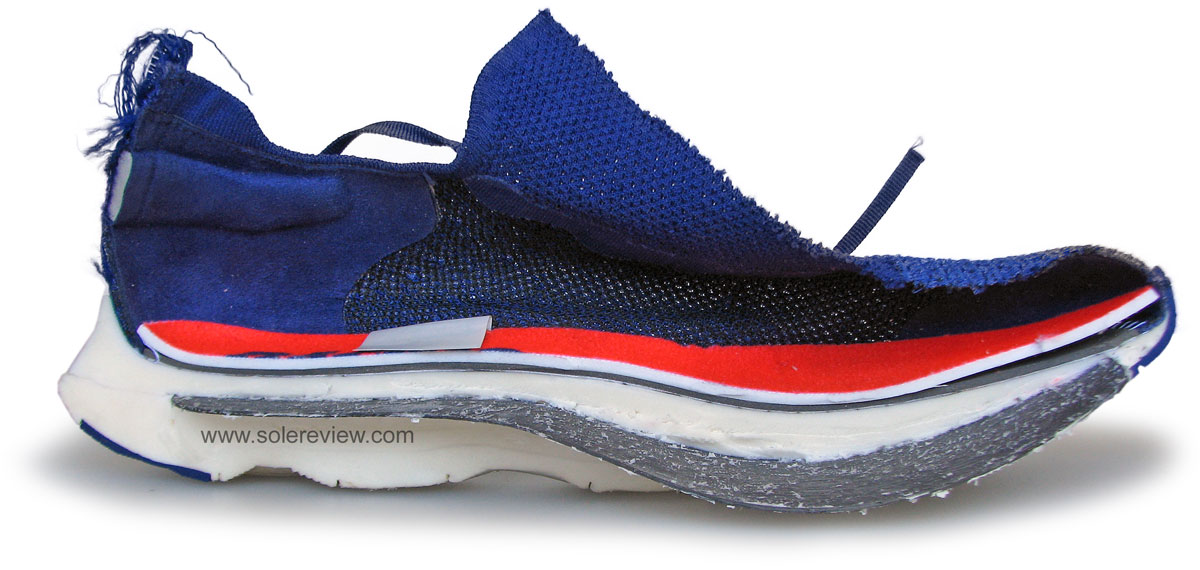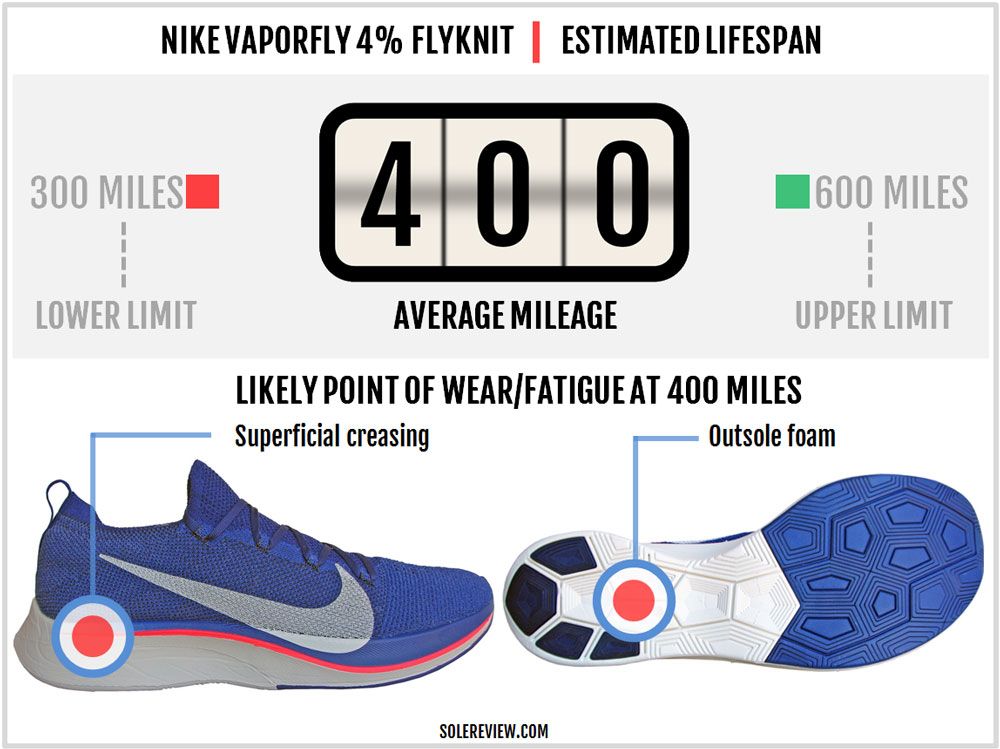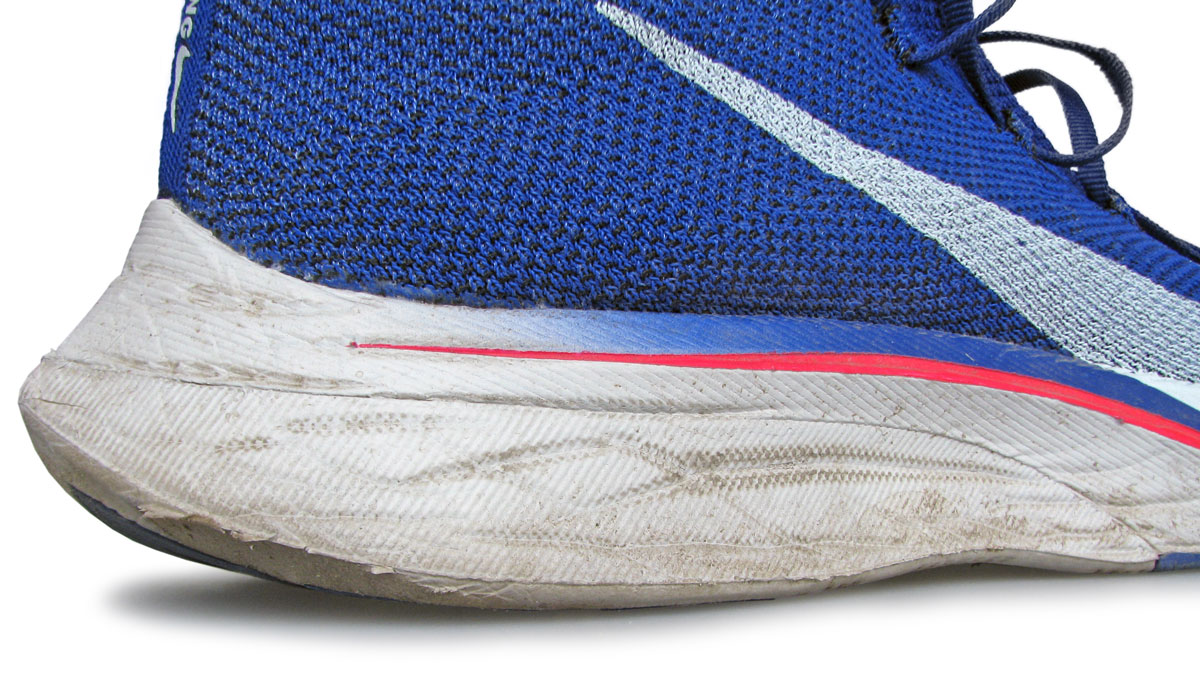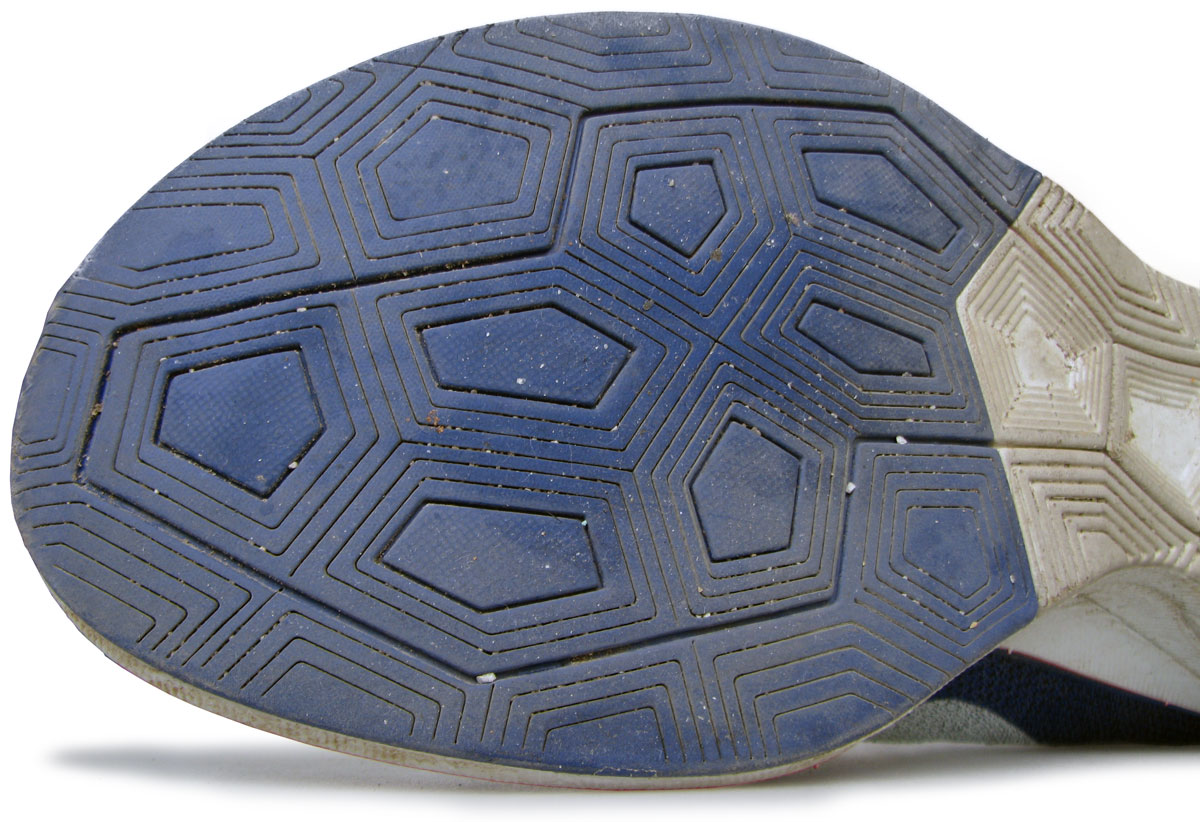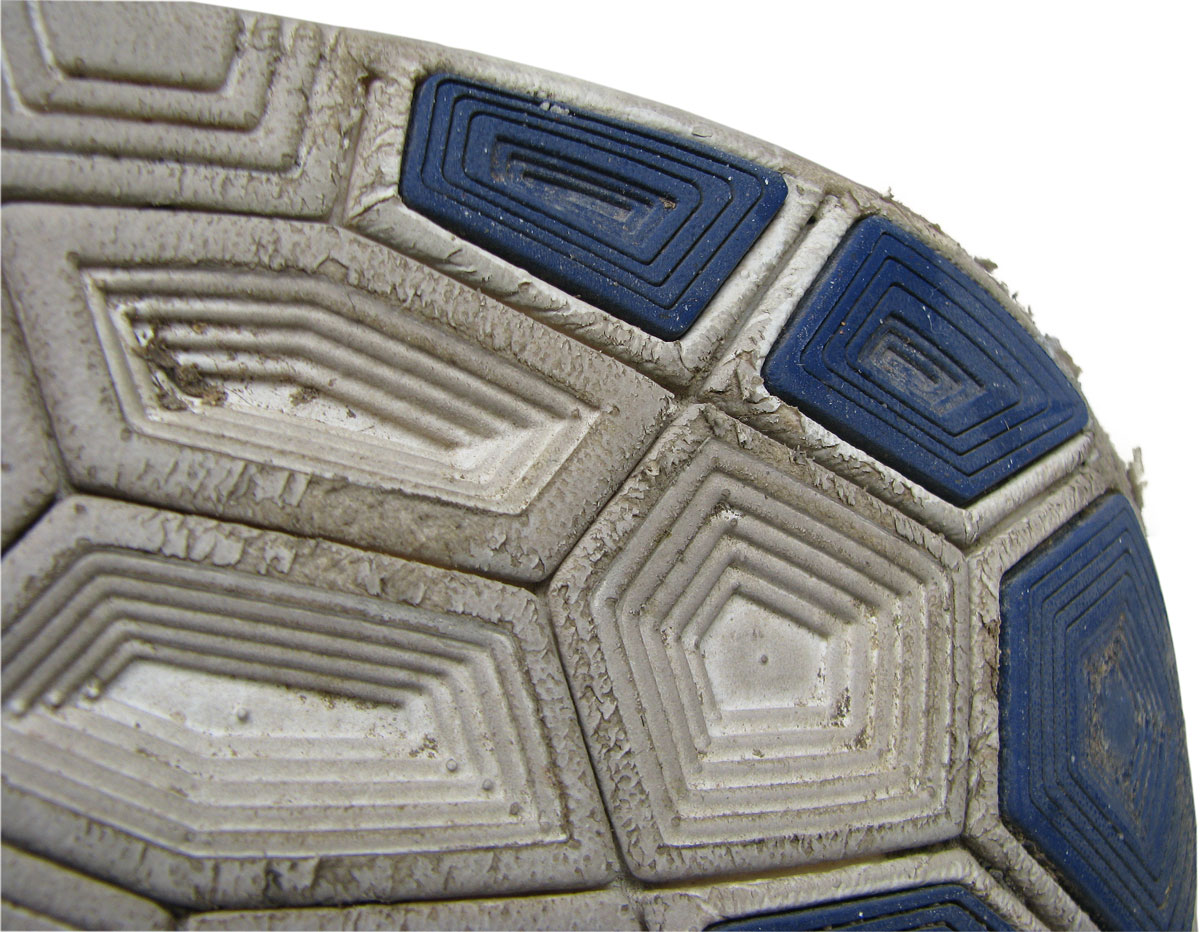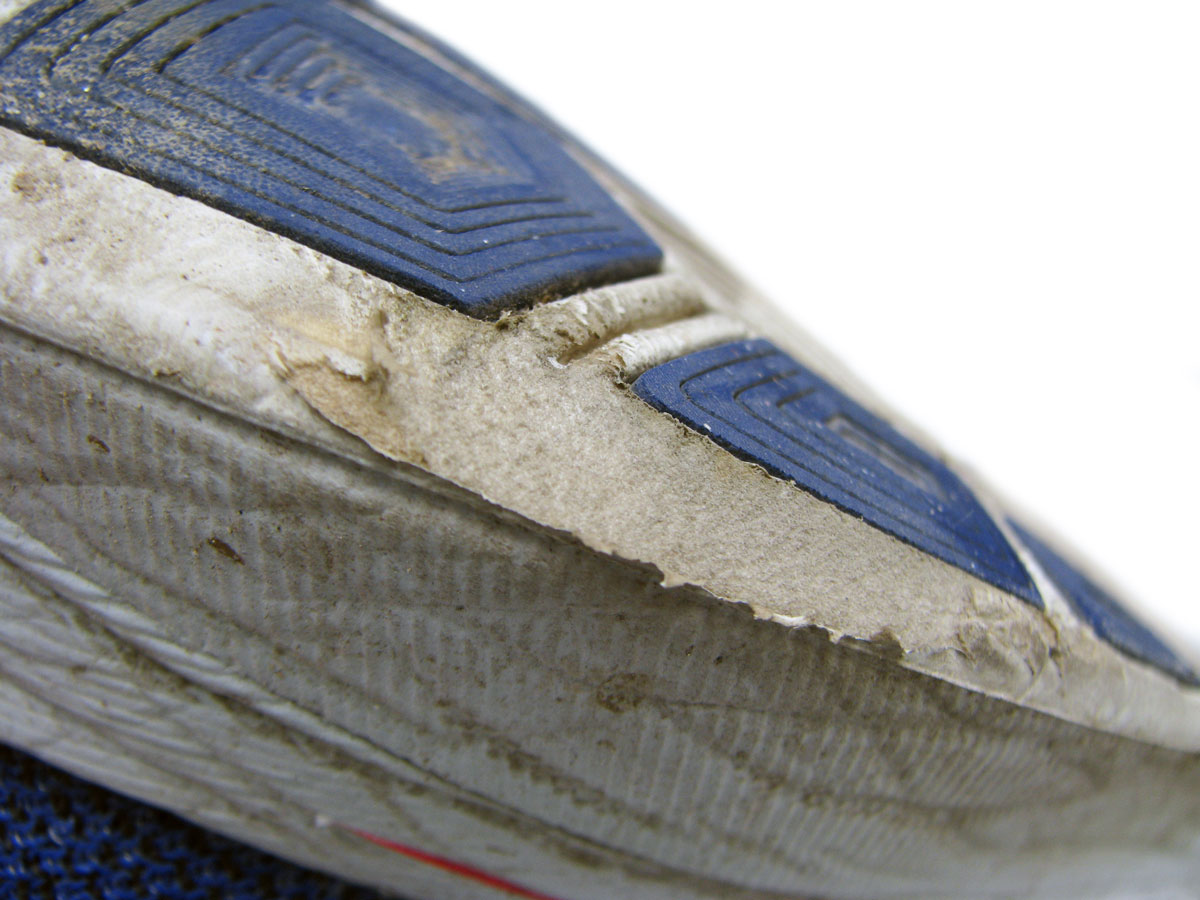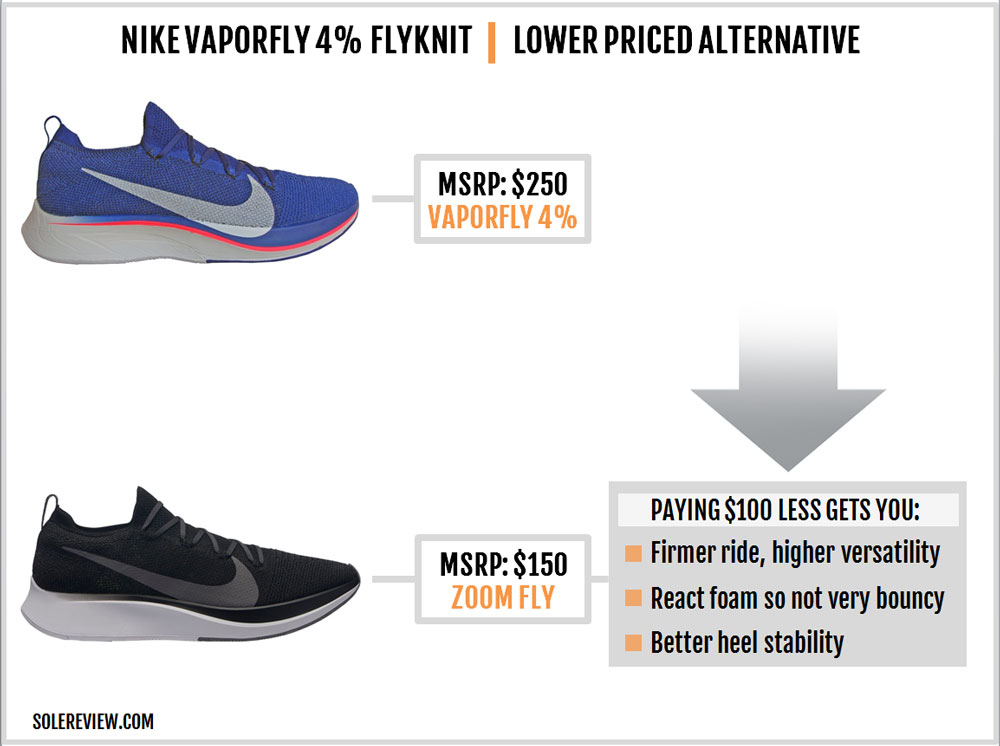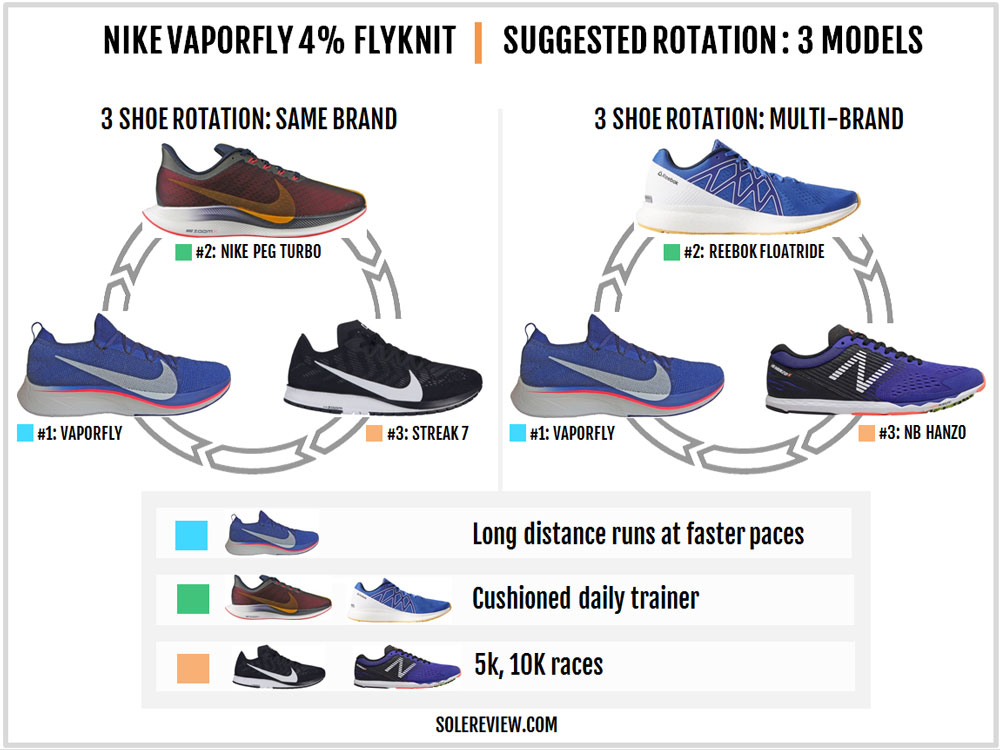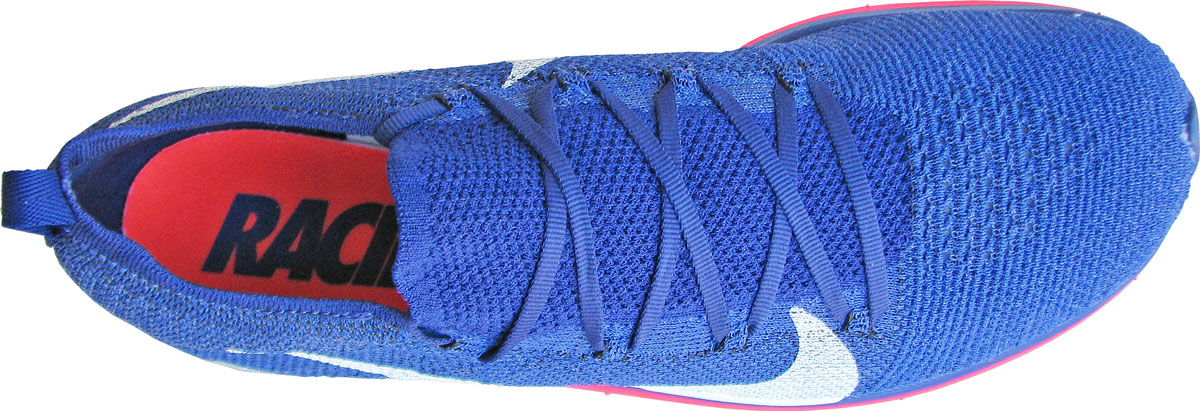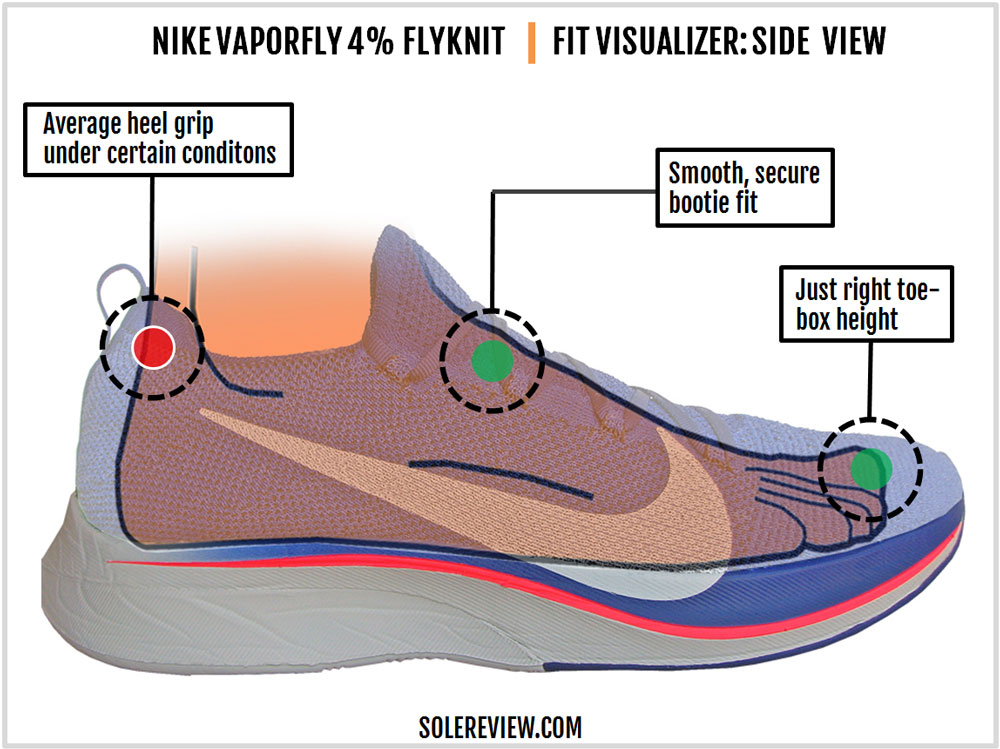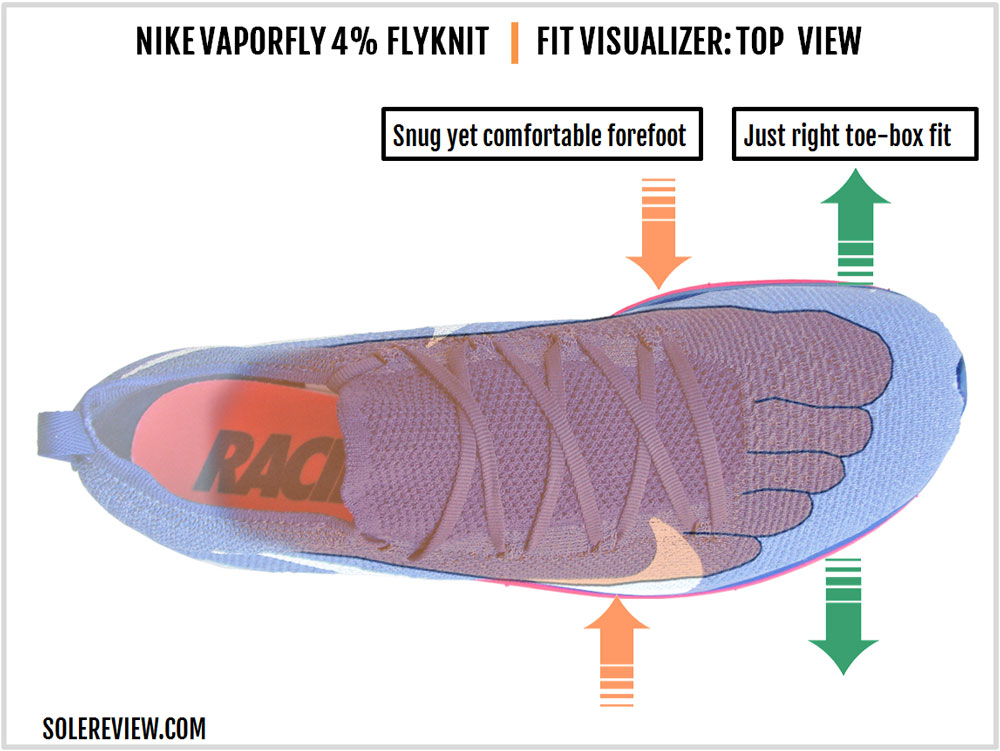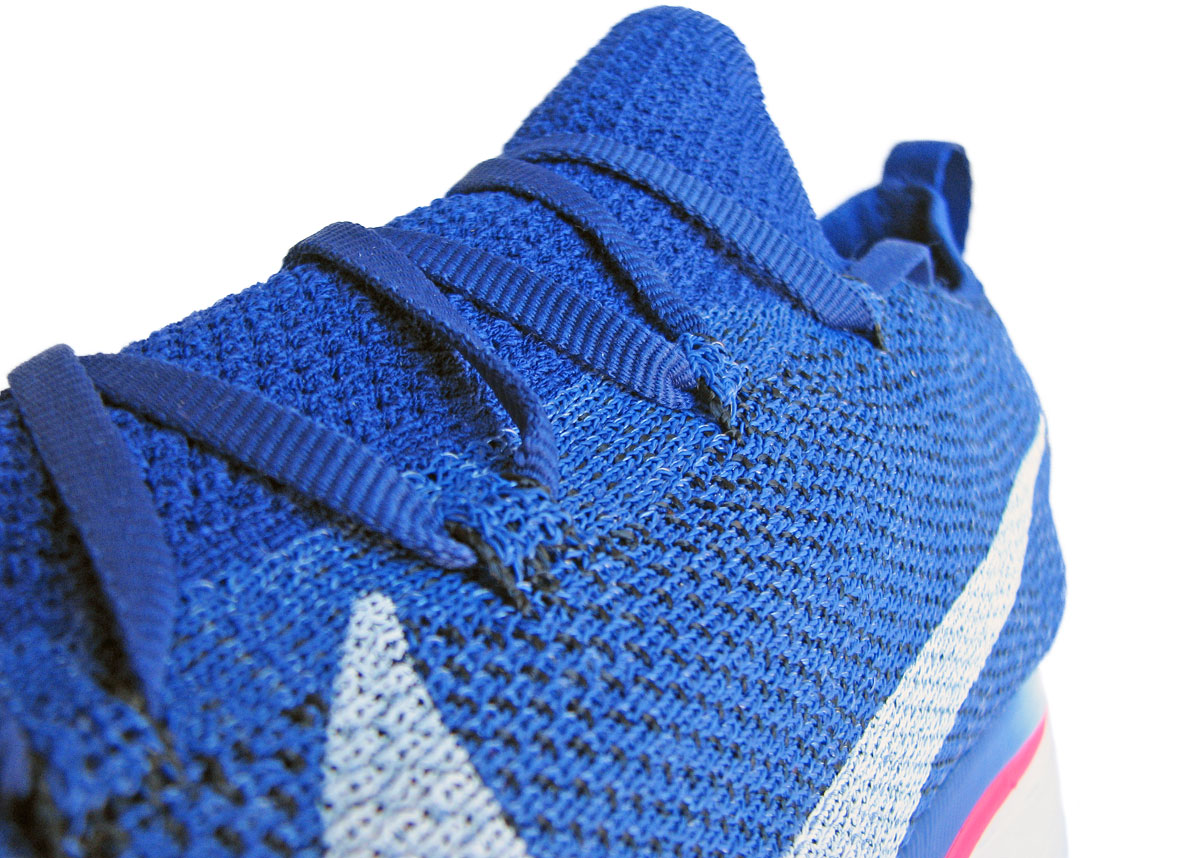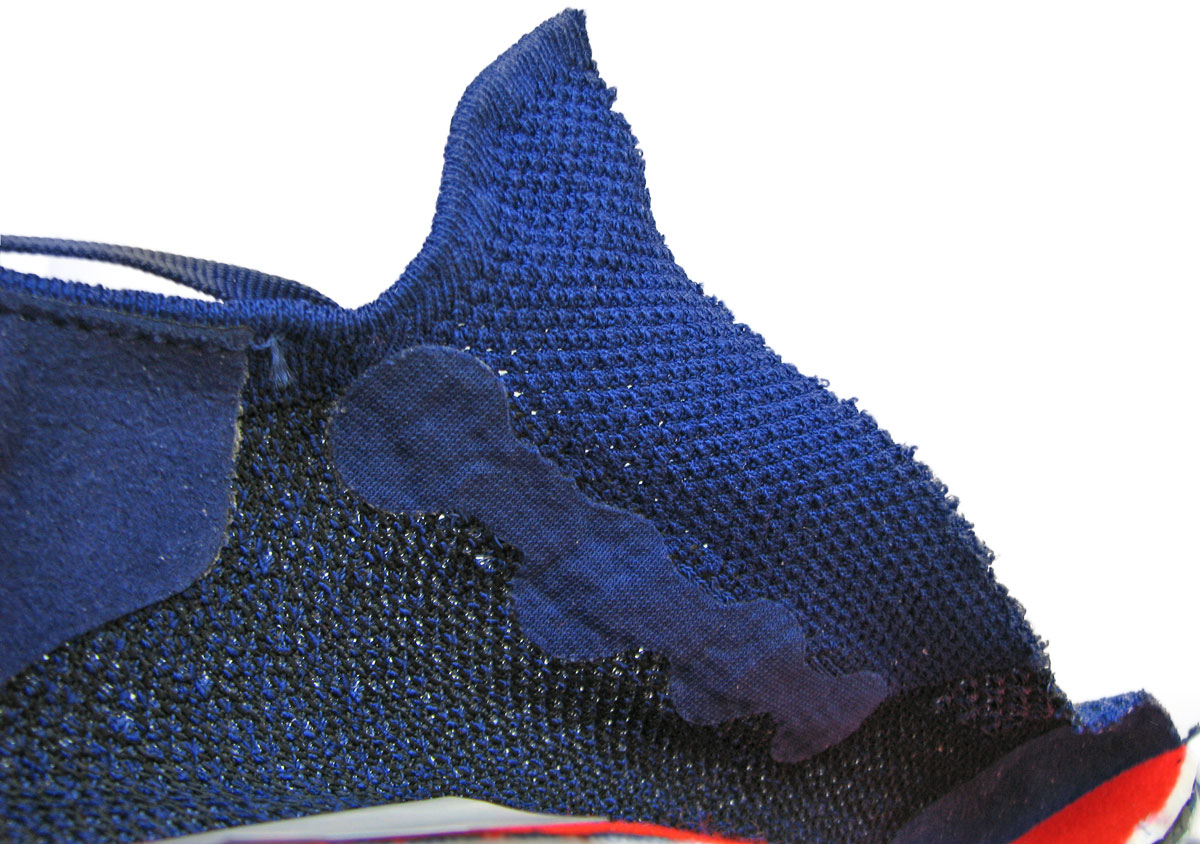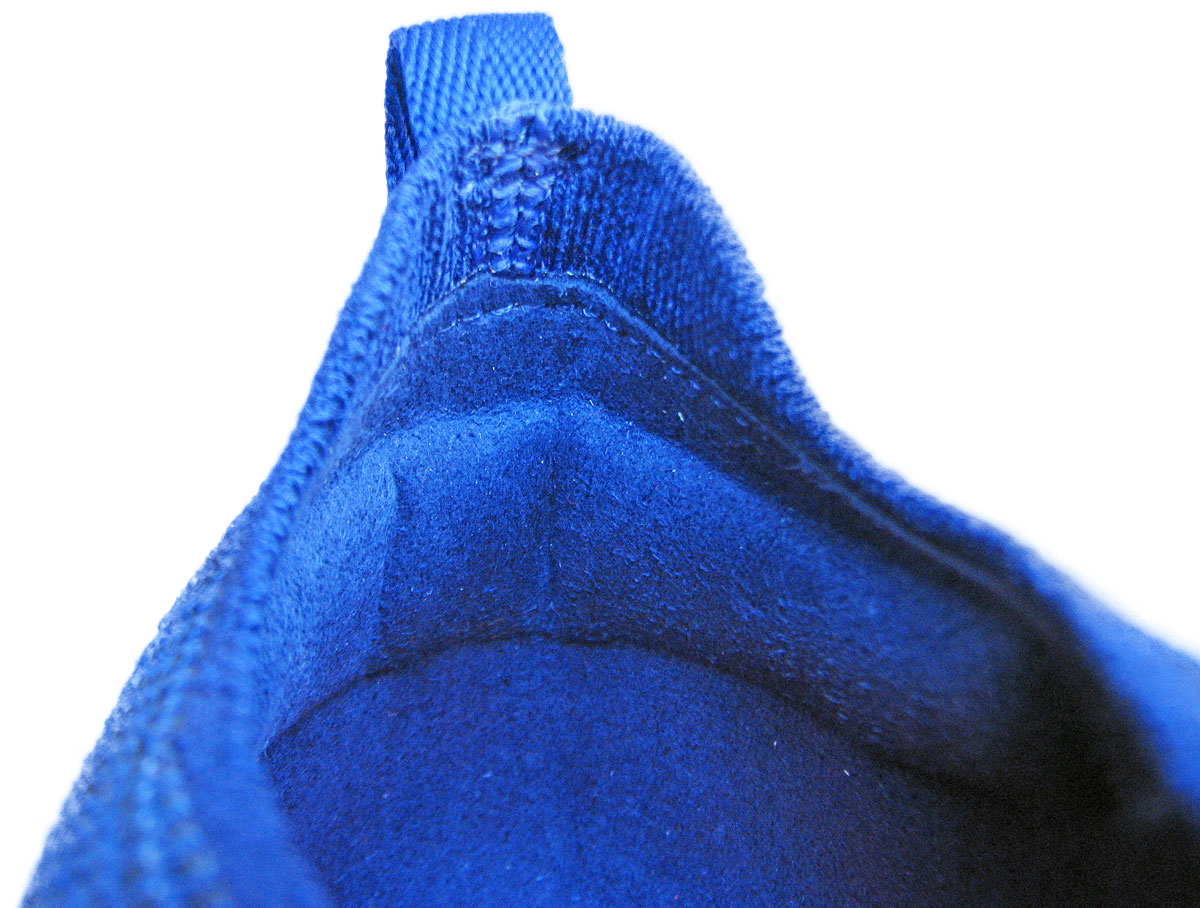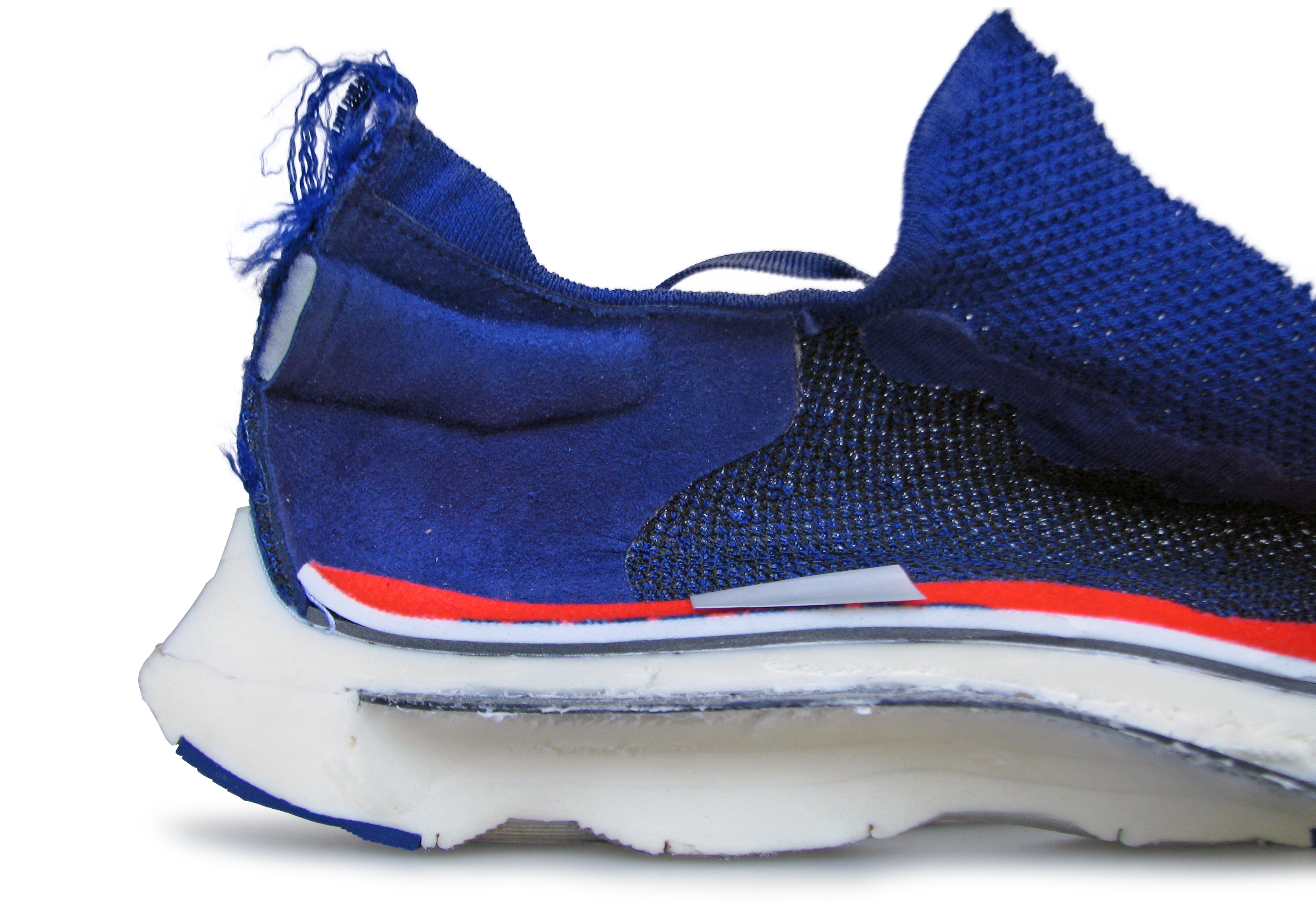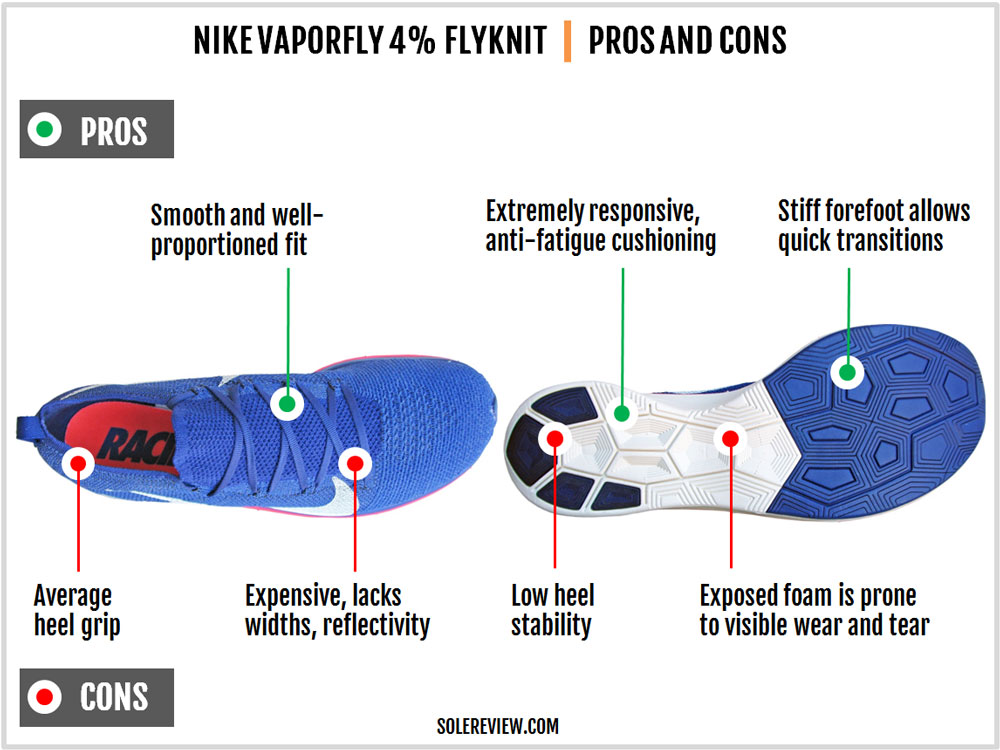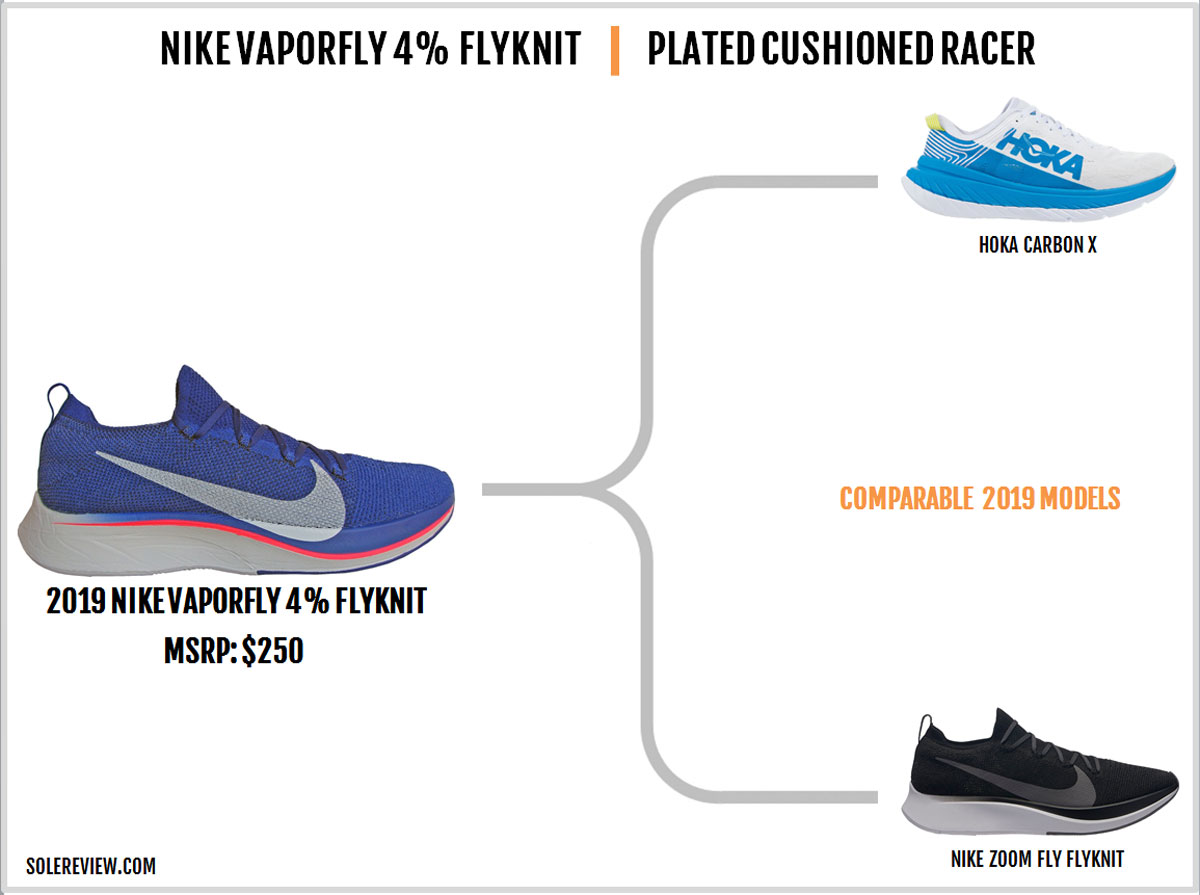INTRODUCTION
Do you know why we deferred the Vaporfly 4% review for so long? In its pre-Flyknit avatar, there were simply not enough pairs to go around. And even if we managed to get one in the color we wanted, what’s the point of reviewing a shoe which was out of bounds for most people?
This year, there’s plenty of Vaporfly to go around. We bought the Flyknit version in February, and the stocks haven’t run out on Nike’s website. Even third-party retailers are carrying plenty of inventory.
But just spare a minute to think about it. How did a shoe which was priced at nearly $300 (after sales tax) manage to achieve a sold-out status for nearly a year?
There’s another aspect of this rare phenomenon. The Vaporfly wasn’t a shoe coveted by sneakerheads – a situation where hype-over-substance creates scarcity and drives high prices in the secondary market.
Instead, most of the first generation Vaporflys were purchased by actual runners; we don’t believe this event has a precedent.
And what makes the Vaporfly such a unique shoe?
Nike has pushed the boundaries of running shoe design with both the Vaporfly and Zoom Fly. To come up with a midsole foam like the featherweight, cushioned, and springy ZoomX is a huge feat by itself. It sets new standards for what midsole foams should feel like, and has made materials like expanded Polyurethane look old.
But no, the Swoosh company went farther and plonked in a curved Carbon plate between the two layers of the said foam – and somehow made it work.
The product of this rather unusual union of foam and Carbon fiber is the Nike Vaporfly – a running shoe with a ride experience like none other.
Here, you get the unadulterated cushioning experience of Nike’s proprietary ZoomX foam which is perfect for long-distance comfort. We remarked in our Pegasus Turbo review how great that shoe was at countering foot fatigue – and the midsole wasn’t even made of 100% ZoomX.
But the real hero of the Vaporfly story is the Carbon fiber plate which is hidden from plain sight. That is what gives the Vaporfly that extra kick – the plate acts as a spring-loaded plate under the heel.
So how does the Vaporfly feel like to run in? Well, it depends on who’s asking. Given the complex nature of the Vaporfly’s midsole, the shoe’s character depends on how one uses it.
That’s one of the reasons why this review took so long. Complex shoes are difficult to read so it is possible to present an objective opinion only after an ownership period of several months.
THE RIDE EXPERIENCE
Most people remember their first aircraft ride. Or getting behind the wheels of a car for the first time. There are many moments in life which aren’t easily forgotten, and your first run in the Nike Vaporfly is probably going to be one of them.
So far, you’ve run in soft shoes, firm shoes, good shoes, and bad shoes. If you’ve lived long enough, you’ve probably experienced oversized stability trainers, Vibram Five Fingers and other barefoot types, maximal cushioning, motorized adidas shoes, the occasional over-engineered shoe, racing flats, zero drop trainers, and regular neutral or stability trainers.
Until this point, it was relatively easy to match a shoe with a general trend or category.
The category-matching doesn’t work with the Vaporfly – at least for the time being. Because this shoe takes all that is familiar and tramples over it with Carbon fiber.
Nike markets the Vaporfly as a racer so it must be a firm shoe? No, the Vaporfly is one of the cushiest shoes we’ve ever tested. Alright, then. The Vaporfly has a high-volume and cushioned midsole so it must be heavy. No, it isn’t; it weighs less than 7 ounces.
Ok, if it is a soft shoe, it must feel slow and mushy. Well, the answer is an emphatic no – again. The Vaporfly’s unique Carbon Plate and the responsive ZoomX foam combine to create a midsole which is bouncy and efficient as it gets.
The upper also doesn’t fit like a traditional racing shoe. Instead of a constricting fit commonly associated with racers, the Flyknit upper has an easier forefoot fit. What’s more, it even has a rounded toe-box.
The Vaporfly has been reviewed countless times by others, so how does solereview add value?
We can think of two ways. Shoes like the Vaporfly are difficult to review so we put more miles on it. We bought this shoe in February and have logged over 100 miles across all kind of runs and terrain.
We’ve put the Vaporfly through the snow, warm weather, the roads, and even muddy trails. Heck, we even used the Vaporfly 4% as a walking shoe, simply because we can.
A longer ownership period reduces second-guessing and initial biases. The Pegasus Turbo went through a similar process and you’ll realize that its review is more nuanced than what we usually publish.
Naturally, we cannot afford to do this with every shoe. Otherwise, Solereview is going back to 2 reviews a month and no money to pay for the shoes or run the servers.
The other area where this review adds value is footwear anatomy. Despite so many Vaporfly reviews, we’ve yet to see one which actually shows you what’s inside. And what better way to understand a complex shoe like the Vaporfly than an old fashioned tear-down?
So we’ll lead with that. The whole ‘Carbon plate inside the midsole’ spiel has been done to death, but finally – we offer you a clear look at the Vaporfly’s innards.
And before you ask – yes, we bought the Vaporfly with our own money. After reviewing shoes for over a decade, the guilt of cutting open perfectly functioning shoes isn’t what it used to be. But do not attempt this at home, and no, the financial cost isn’t the only reason.
And why haven’t we seen a Vaporfly dissection yet – even though the internet is saturated with reviews? We can think of two good reasons.
a) No one is stupid enough to slice open a shoe which costs nearly $300 ($250+tax) – especially when it’s your own money.
b) Even if a reviewer got a free pair, the Vaporfly is an incredibly hard shoe to cut open without damaging the Carbon plate. Even if one managed to leave the plate intact, a clean separation of the ZoomX foam from the plate is extremely difficult. We did it, but don’t even ask how long the process took.
The midsole set up is exactly how Nike describes it. A full-length plate made of Carbon fiber extends from the forefoot to the heel. It covers the entire underfoot area and begins with being broadest under the forefoot with a gradual taper towards the heel.
And the shape makes sense because it covers the entire effective surface area under the foot.
The midsole has a contrast line on the outside suggesting the path of the plate. That is purely representational and does not reflect the exact placement of the Carbon plate.
Though it might not be right under the insole, the plate is located in the upper region of the Zoom X midsole. The plate is sandwiched between the upper and lower pieces of the midsole, so its curve follows the joint lines.
Here’s an “X-ray” of the midsole so that you can see where the plate actually is. The plate’s origin is also at a lower level than the red line; there’s barely a couple of millimeters of foam between the plate and the forefoot.
And yes, this isn’t Nylon- it is indeed a Carbon plate. Shaving the plate yields thin, brittle shards.
Now that you’ve seen what the Vaporfly really looks like on the inside, you can pretty much guess what takes place when you run in the Vaporfly.
The front of the Carbon plate is anchored under the forefoot – just above the outsole but with plenty of ZoomX foam above it. This part creates a launchpad for transitions while offering a generous amount of soft, bouncy cushioning. The plated forefoot also means both the Vaporfly and Zoom Fly Flyknit have zero flexibility.
The plate curves upwards from the forefoot and extends towards the rear where it is suspended between two layers of the ZoomX foam. As mentioned earlier, the plate’s actual path doesn’t follow the painted outline on the midsole. The exterior paint is merely a suggestion rather than the exact location of the Carbon plate.
The floating end of the plate is what gives the rearfoot its signature flavor. When loaded, the Carbon plate flexes downwards – since the front is securely held in place, any loading action creates a spring-like rebound.
This tension is what tries to push the foot forward during the gait cycle. It’s worth emphasizing that the Carbon plate works more efficiently inside the Vaporfly than it does on the Zoom Fly. The plate has greater freedom of movement inside a softer foam environment – which exists inside the Vaporfly 4%.
The forefoot doesn’t get any of the spring-loaded action but that doesn’t translate into a lack of responsiveness. The thick ZoomX stack ensures a cushioned and bouncy experience regardless of the foot-strike orientation, pace, or cadence.
The forefoot midsole feels substantial under the foot and reacts to weight loading with agile responsiveness.
The same goes for the cushioning softness too. We’ve often remarked that cushioning and softness aren’t necessarily the same, but the Vaporfly is one of those cases where both intersect.
One has the ZoomX foam to thank for that; this lightweight material is a perfect blend of featherweight softness and responsiveness.
We were initially surprised at the Vaporfly 4%’s compact form factor. The sense of smallness comes from a very slim midfoot waist and rearfoot. At the same time, one doesn’t realize the slimness of the midfoot when wearing it. The exaggerated flare (see image above) just under the arch conceals the scooped sidewall underneath.
The design affects heel stability, though that’s something which depends on how one runs in the Vaporfly. We’ll discuss that separately for different use-case scenarios.
Nike made news for the wrong reasons in 2015 when the insoles slipped out of Eliud Kipchoge’s shoes during the Berlin marathon.
To prevent such mishaps from occurring, the Vaporfly 4% is fitted with a pasted insole. When you tug on the insole, you realize that the sockliner is properly glued to the lasting. The insole isn’t anything fancy – it just a flat piece of molded foam with a soft touch fabric on top.
And one doesn’t require anything other than a basic insole, considering that there’s so much of ZoomX goodness just below it.
We put the Vaporfly through a battery of test conditions – which included running on trails and in the snow. If there’s anything that several months of ownership have taught us, it is that the Vaporfly’s character changes based on how one uses it.
Let’s break out the ride experience here based on different scenarios:
10 miles+/half-Marathon/Marathon distance:
The Vaporfly 4% is the definitive long-distance racing shoe. Traditionally, this category had been the realm of racing flats – lightweight running shoes which tend to be hard on your feet. Thinner midsoles are good for higher transition efficiency, as the foot spends less time going through the compression cycle.
In Vaporfly’s case, that conventional wisdom is turned on its head. The midsole is soft throughout but isn’t mushy. In fact, the cushioning turnover is excellent – the ZoomX foam is very resilient, very responsive – and quick to snap back. The plate complements the foam midsole perfectly well.
Not only does the plate propel the foot forward, but it also guides the foot through a very effective motion path. Without the plate, it’s easy for the foot to sink into the soft midsole. The Vaporfly wouldn’t be half the shoe with the Carbon plate. Runners who are bothered by the Pegasus Turbo’s lack of midfoot structure will know exactly what we mean.
What’s amazing is that while you feel the plate doing its job, you don’t sense the midsole and the plate as distinct components. They function in a cohesive manner; we can only imagine how many prototypes Nike went through to get this balance right.
There’s unanimous agreement on the fatigue resistant ride quality of the Vaporfly, and we attest that to be true.
On a long run, your quads might scream, the glutes might feel overworked, or your calves and Achilles could tighten. But somewhere within all the musco-skeletal chaos, your feet feel fresh – regardless of whether it is a 10 or 20-mile run.
And it isn’t just the foam. The plated construction allows the foot to quickly roll over instead of going through the flexing motion. Repeated flexion tires the foot, and the Vaporfly prevents this from happening.
The shoe’s comfort is only as good as its upper. The Vaporfly’s upper eschews the super narrow fit of racing flats and adopts a more liberal approach towards interior fit. The Flyknit upper has a just-right fit which doesn’t squeeze the foot – this helps greatly during long runs.
The Vaporfly doesn’t have great heel stability – but you should be ok if your pace doesn’t drop below a certain threshold. The instability of the heel becomes noticeable once you drop below 5:30 per km speed. Being a rearfoot lander aggravates that to a certain extent. We’ll discuss this later in this review.
And here’s the $250 question: Does the Vaporfly really help make you go 4% faster?
There are plenty of anecdotes about runners breaking personal bests in the Vaporfly, and to a certain extent, it can be attributed to the shoe. Having fresh feet on a run over 20 miles does make a difference. It frees the mind off your otherwise tired feet so that you can focus on more important things – like maintaining your form and pace.
Vaporfly 4% for 5K races:
The Vaporfly is an excellent long-distance shoe but not a great 5K racer. One usually tends to go flat out in a 5K race so your pace will be a lot faster than the typical 5K split times during a marathon.
This shoe has a wide pace range but it falters if you go too fast – or too slow. At quicker 5K paces (4 min/km or under), the compression of the midsole makes the Vaporfly feel like a chore. Call us traditionalists if you will, but we’d pick something like the Nike Streak 7 or the LT version for a 5K race.
Vaporfly 4% on Trail:
Can the Vaporfly be used on trails? After all, if maximal Hoka running shoes can be successfully used on trails, so why not this shoe? There’s even a forefoot plate inside the VF.
Do not use the Vaporfly on any kind of trail – that includes ones with gentle gradients as pictured. There are two reasons why you shouldn’t.
The outsole has sufficient traction for roads but lacks the lug length and grip required for trails. Introduce even the slightest of dampness, and the Vaporfly’s lack of traction becomes treacherous as the thin grooves trap mud and turn slick.
The lack of stability is the second reason. Unlike Hokas which have a wide midsole footprint and raised sidewalls, the Vaporfly has a slim midsole profile. The foot also sits on the top of the midsole instead of being cupped inside by high midsole walls. As a result, the Vaporfly lacks even the bare minimum stability required for trails.
Vaporfly 4% in the snow:
The ZoomX cushioning doesn’t stiffen in the cold as React does, so the ride behavior isn’t dependent on temperature. However, as with any non-winterized running shoe, the outsole lacks grip under icy conditions.
Think of the Vaporfly as a sports car with slick summer tires – would you take it off road or in the snow? Likewise for the VF 4%; it’s best used on dry, paved surfaces.
On synthetic tracks:
The same instability which renders the Vaporfly useless for trails also comes into play on tracks. Going fast through turns doesn’t inspire confidence at all, and the lack of stability comes obvious in the first 200 meters.
Vaporfly 4% as a daily trainer:
You can use the Vaporfly as a daily trainer as long your speed doesn’t drop below 5:30 per kilometer – and you aren’t landing rearfoot. This means that you can go on easy runs if you make ground contact landings, forefoot/midfoot strikers included.
The ZoomX midsole is very easy on your feet and has plenty of versatile cushioning for a wide pace range.
There’s a caveat; landing on the heel isn’t ideal. Though the plate provides structure and guidance through the linear path, it doesn’t do much for lateral stability. The combination of the sit-on-top design, the narrow platform, and the midsole softness make the Vaporfly’s rearfoot stability extremely poor.
You can use the Vaporfly 4% on a treadmill but it isn’t the right shoe for the job. Read our guide here for suitable alternatives.
The Vaporfly 4% as a casual-wear shoe:
Outward appearances suggest that the Vaporfly might be good for lifestyle wear. After all, the high volume midsole has plenty of bouncy cushioning. The upper isn’t overly tight-fitting either.
However, things aren’t as simple as they seem. The rearfoot instability is very noticeable at walking paces; it becomes worse if you step on uneven surfaces. You can also feel the outline of the plate when walking – this is where the forefoot plate curves upwards towards the rear.
The whole point of the Plate + ZoomX set-up is to quickly run through the gait cycle without dwelling on the midsole softness for long. This way, the ZoomX shows its responsive super-powers and the plate also reacts with swift snapbacks. The VF performs best above a certain speed threshold.
You’re better off wearing the Nike Epic React or the adidas UltraBoost for casual wear. For whatever it’s worth, even Nike says that the React is suitable for walking.
Midsole creasing happens in the very early stages of ownership; most Vaporflys come pre-creased in their box.
However, this has no effect on the cushioning – you get the same soft bounciness at mile 100 which you experienced at mile 10.
The flat outsole lacks protruding lugs so they spread the wear and tear very evenly. Apart from the gradual abrasion, the forefoot stays intact.
It’s also worth noting that the rubber coverage under the forefoot is edge-to-edge while the rearfoot isn’t.
The rearfoot has four rubber lugs inlaid flush with the ZoomX foam. This geometry leaves the foam exposed near the edges and that’s where the initial wear and tear happens.
The small rubber pieces near the edge do their job and take the brunt of the abuse, but the foam receives minor scuffing. The ZoomX wear and tear happens in an unusual manner. A wafer-thin ‘skin’ peels off the foam where the latter comes in direct contact with the ground.
The Nike Zoom Fly Flyknit is a firmer, cheaper, and less springy variant of the Vaporfly 4%. The midsole has a Carbon plate sandwiched between Nike’s React foam instead of the softer ZoomX. So while you get the plated experience, the ride isn’t as soft.
A firmer Vaporfly – or the Zoom Fly – has higher versatility; the Zoom Fly doesn’t punish rearfoot striking as seriously as the Vaporfly.
Due to the Vaporfly’s high cost-per-mile, it is best that you reserve it for longer runs and races at moderate to higher paces.
For daily use, the Nike Pegasus Turbo is a shoe you could look at. It is partially constructed using the same ZoomX foam as the Vaporfly so both share something in common but without a functional overlap.
If you’ve spent all your money on the Vaporfly, then the Reebok Floatride Energy is a great shoe for daily runs. The Floatride e-TPU midsole is cushioned and responsive without the high-volume softness of adidas Boost models like the Glide.
When it comes to shorter 5K races, we prefer low-profile racers like the New Balance Hanzo S or the Nike Streak 7.
UPPER FIT QUALITY
We don’t have wear-test experience with the first generation Vaporfly, but the general consensus is that the Flyknit version fits narrower.
Well, we don’t know how much more room the mesh version had over the Flyknit upper, but know this – the Vaporfly 4% Flyknit has excellent interior proportions. For a racing shoe with a very narrow waist, the upper is surprisingly accommodating.
Our observation is based on a regular D width, so runners with larger feet should first try the shoe before buying. There are no optional widths so the Vaporfly’s fit is a take-it-or-leave-it kind.
The Vaporfly 4% has a true-to-size profile with just the right volume of vertical toe-box room. The forefoot sides are secured by the non-elastic section of the thick Flyknit mesh. Only the top of the forefoot has a slight amount of mechanical stretch.
Most of the upper’s elasticity is concentrated over the tongue area. The elasticity extends from the tongue to the edges of the collar; the thin band near the top is elastic, and so is the Achilles dip behind the pull tab.
The tongue flap has plenty of built-in stretch, so it’s easy to slip in and out of the Vaporfly. The ribbon laces are surprisingly functional, and applying cinch pressure actually results in a fit adjustment.
The thin ribbons lie flat over the upper so there’s no uncomfortable top-down pressure.
There’s not a lot of layering inside. The toe-box has a felt-like internal bumper which gives it a rounded shape. A similar material is used under the lacing areas to prevent potential chaffing.
The inside of the heel has a synthetic suede lining with a smooth hand-feel. There’re small pockets of foam packed near the top, but they do an average job at heel fit.
The Vaporfly 4% heel grip is ok. The tongue flap and the laces do a far better at keeping the foot locked down; the heel grip doesn’t inspire confidence. That’s due to the lack of a heel counter, knit stretch, and the slightly lower placement of the collar padding.
There’s a caveat to all this – the heel grip depends on the conditions you run in. For example, the heel movement is noticeable when running uphill or downhill in the shoe. A rearfoot landing also tends to pop the heel a bit as the springy midsole pushes vertically.
The heel fit is on its best behavior if you’re landing full-ground contact on roads with negligible gradient.
Whichever case applies to you, just know that the heel fit isn’t a severe issue. It’s not like your heel will completely slip out of the upper, but the nagging sense of a less-than-perfect heel fit will cross your mind every now and then.
PROS AND CONS
Rarely do running shoes live up to their grand marketing adjectives and loft claims, but then, the Vaporfly is a unicorn. The latter has everything that it claims to possess – like an ultra responsive and cushioned midsole, a distinct pop from the internal plate, and the fatigue-reducing ride during longer runs and races.
The Vaporfly 4% is also extremely lightweight – for the cushioned shoe it is. At less than 7-ounces, the cushioning-to-weight ratio is the best in the industry. The lightweight Flyknit upper fits just right without the ultra-narrow fit of traditional racing shoes.
The cushioning softness doesn’t have a durability trade-off; the cushioning has a long lifespan.
Only if the Vaporfly 4% wasn’t so expensive. In territories with a sales tax, the retail price comes within striking distance of $300. That is a high cost per mile for a running shoe which doesn’t have a wide use range. That price is pro-equipment level, and coming to think of it, the Vaporfly does feel like one.
The Vaporfly is many things, but versatility isn’t one of them. It’s hard to do slow runs in the Vaporfly, or even rearfoot landing for that matter. And if you’re landing on your rear, then the heel feels decidedly unstable.
And depending on how you run, you might experience a less than perfect heel fit. The lack of widths and reflectivity are other minor shortcomings.
SIMILAR CUSHIONED SHOES WITH CARBON PLATES
Only two shoes compare directly with the Nike Vaporfly 4%, and one of them – the Hoka Carbon X – isn’t even available widely.
We haven’t run in the Hoka yet so won’t be able to provide insights. Another Carbon plated Hoka exists in the form of the Evo Carbon Rocket but that shoe is more a Nike Zoom Fly competitor – and even then, rather vaguely so.
The Nike Zoom Fly Flyknit uses the same Carbon plate as the Vaporfly. The difference lies in the midsole material – the Zoom Fly uses the firmer React foam instead of ZoomX. The upper fit and feel are nearly identical.
With a firmer ride, the Zoom Fly ends up being more versatile of the two. The firmer ride is easier to work with when you’re landing rearfoot or even going slow. Naturally, it’s unrealistic to expect the cushioned bounciness of the Vaporfly. At the same time, it’s a fair trade for increased versatility and a price which is $90 less expensive.
The Pegasus Turbo is a completely different shoe than the Vaporfly but it makes partial use of the soft ZoomX foam – which is the same as what the Vaporfly uses. So if you want a daily trainer which is cushioned and yet doesn’t feel lazy, then the Turbo is great.
Hoka put the high-volume cushioning concept on the map; their product line has plenty of models with deep cushioning for long-distance runs. With the exception of the Evo Rocket and the Carbon X, none of the shoes have the internal plate.
But if high-mileage, efficient, and lightweight cushioning is what you’re after – and that too without paying the Vaporfly premium – then models like the Hoka Bondi 6, the Clifton 6 (and many other Hokas) are worth trying.
| Do you own this shoe? Improve this review by sharing your insights – submit a review here. |

